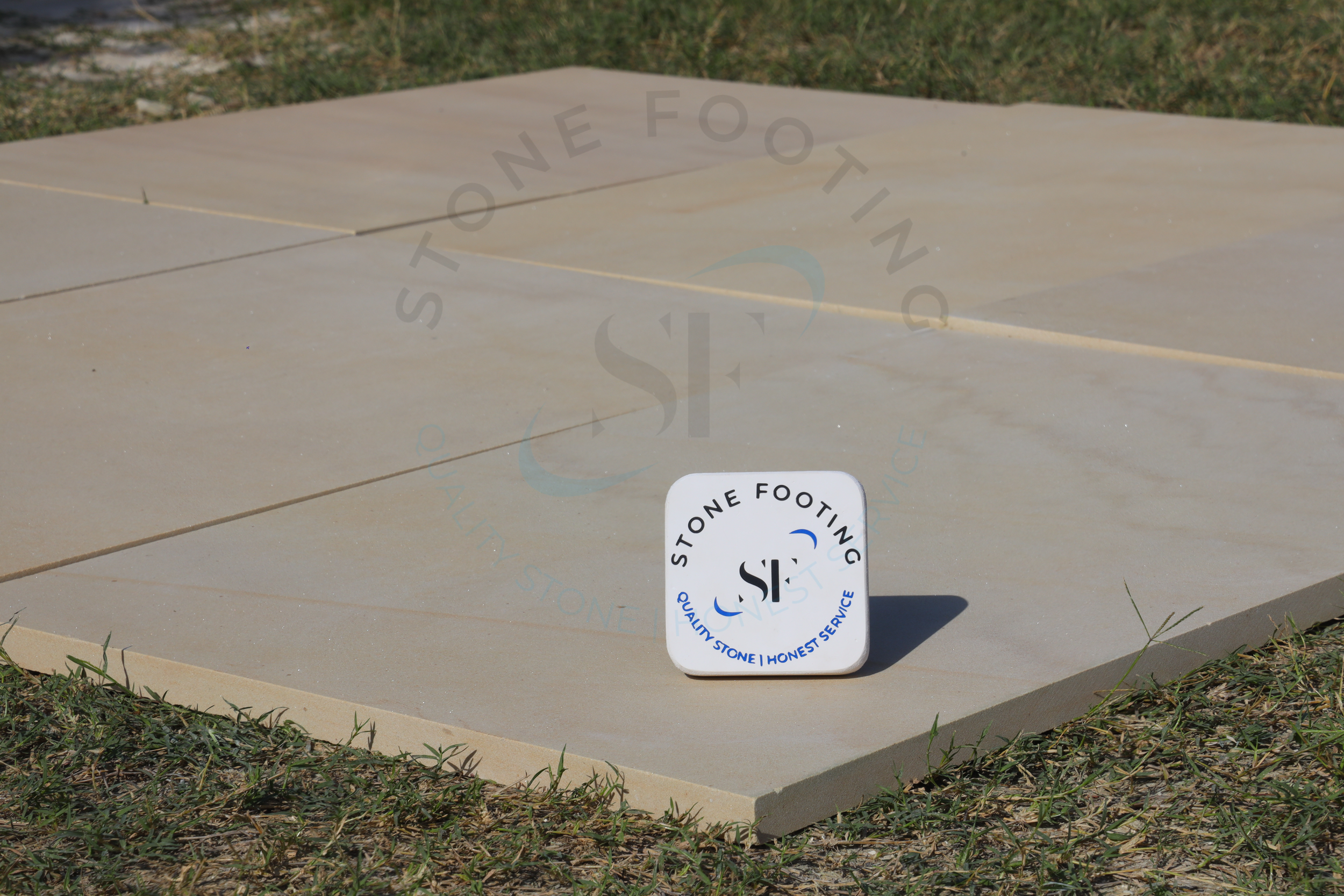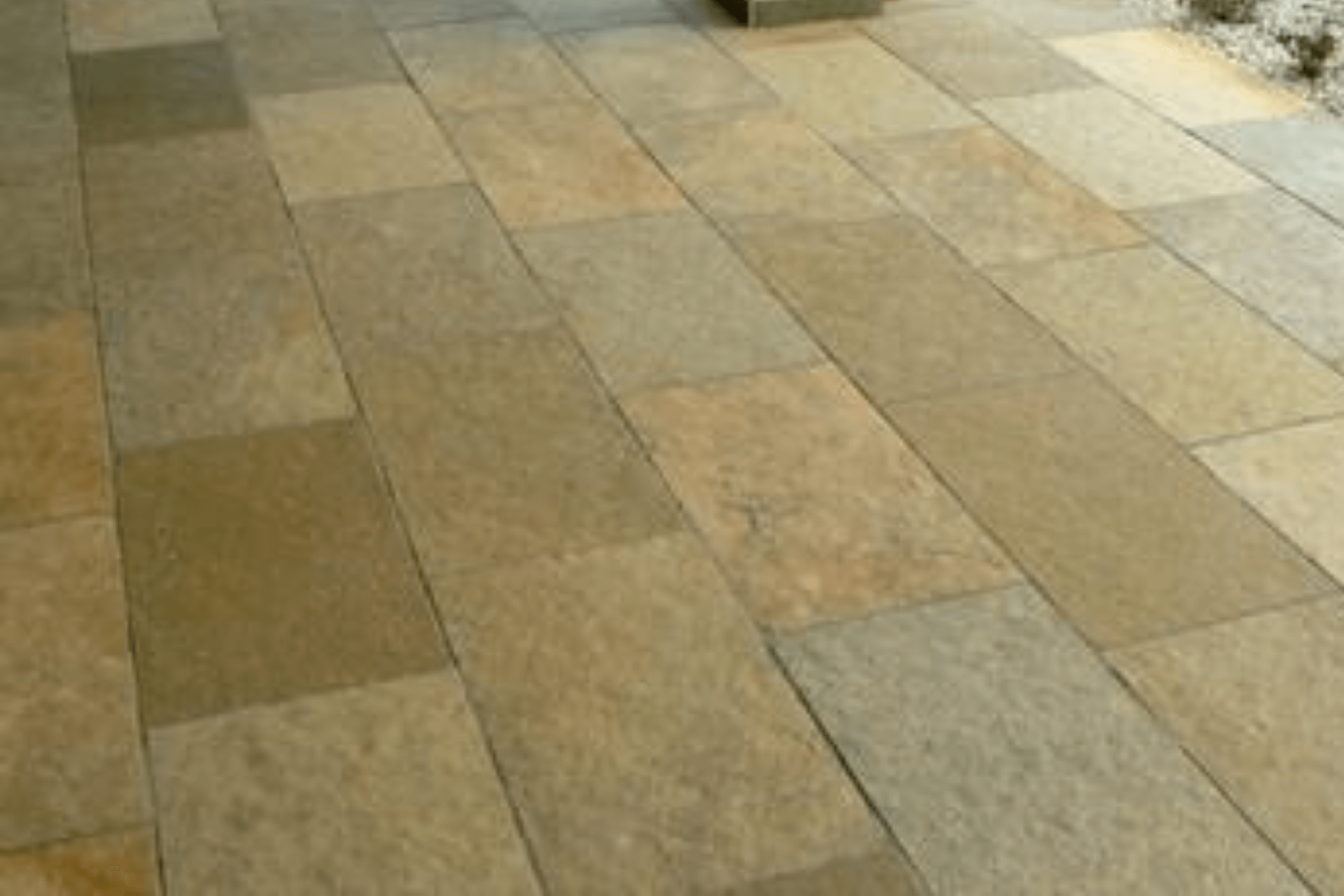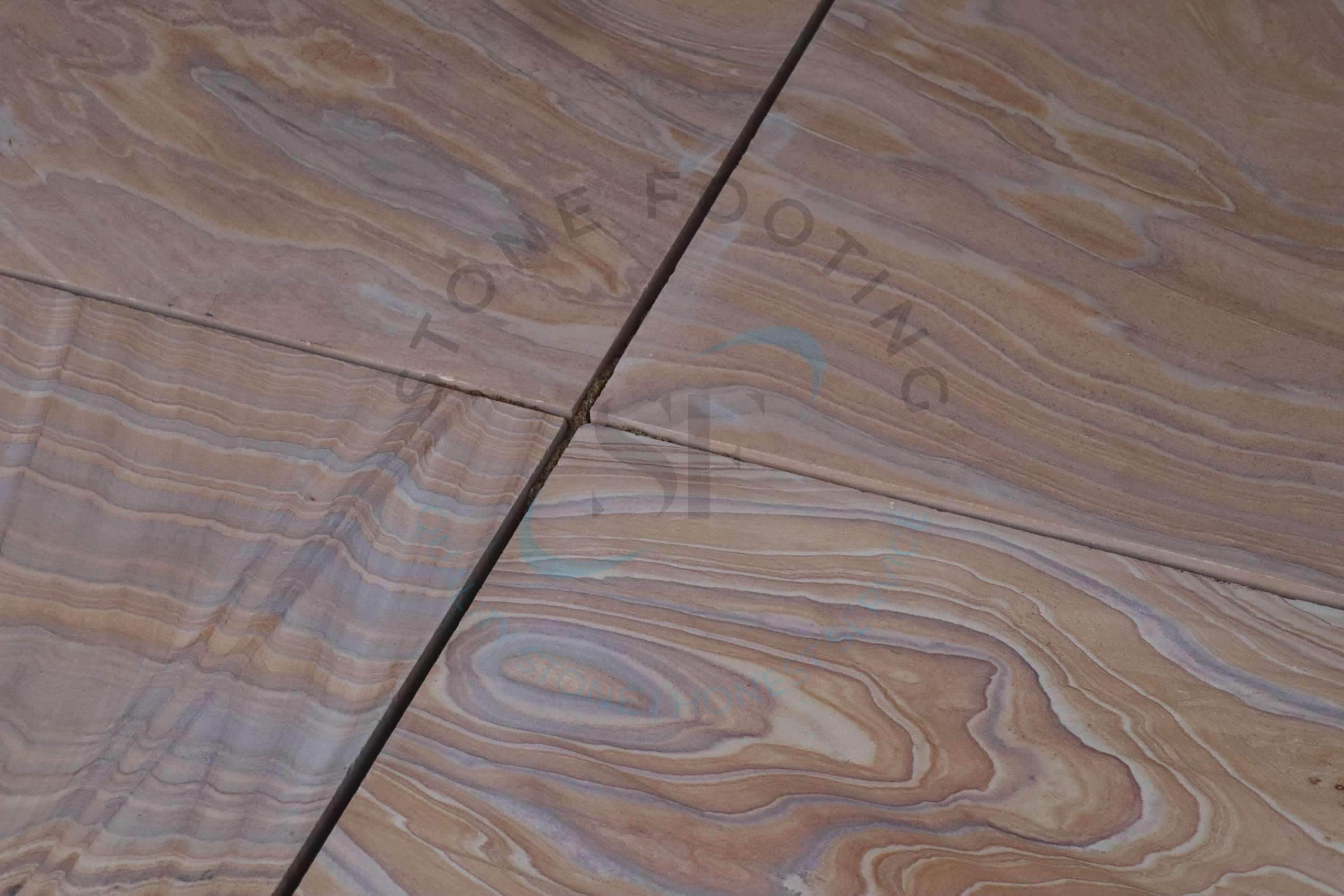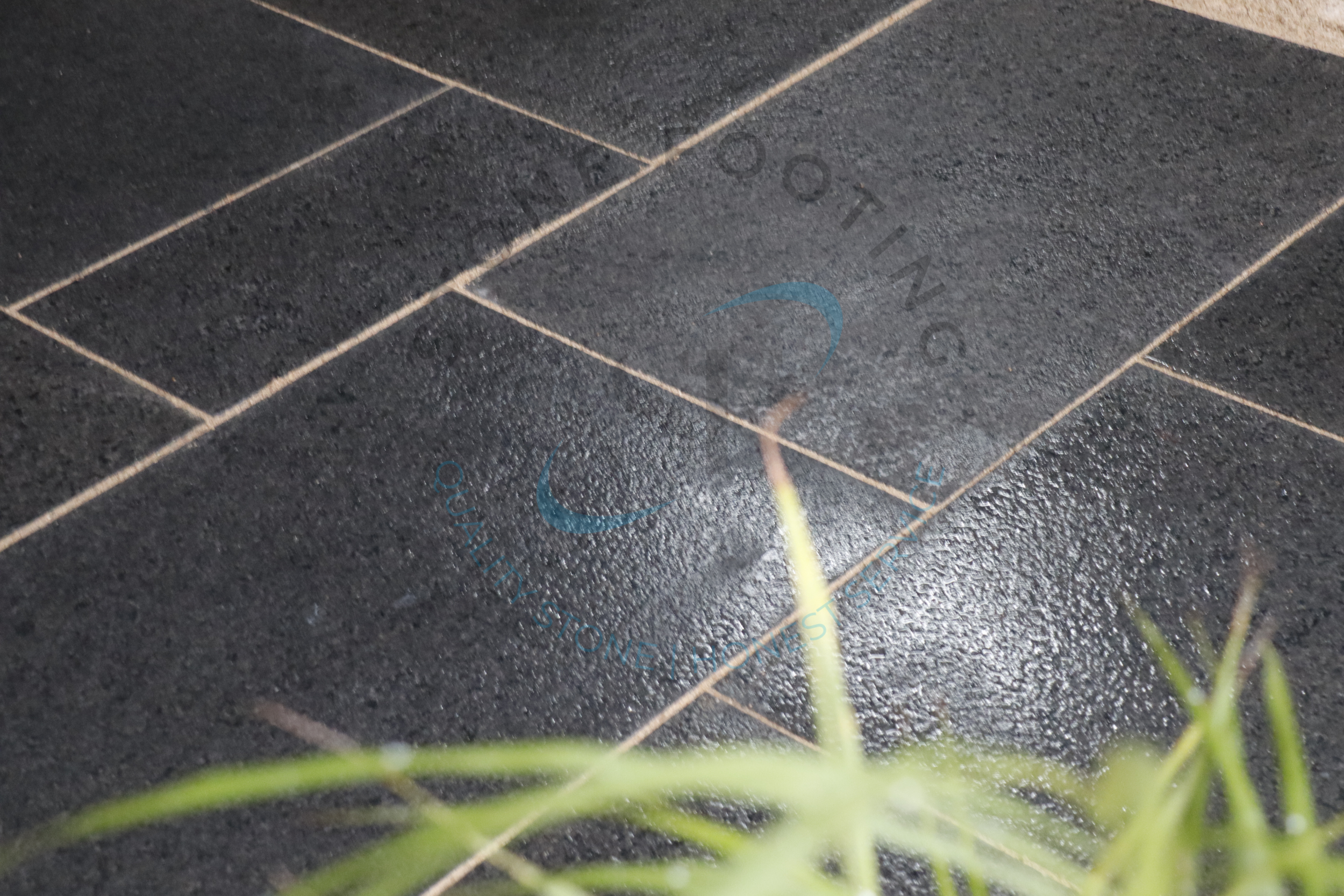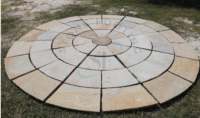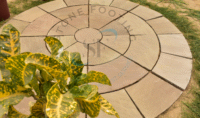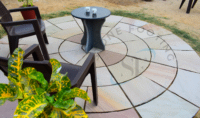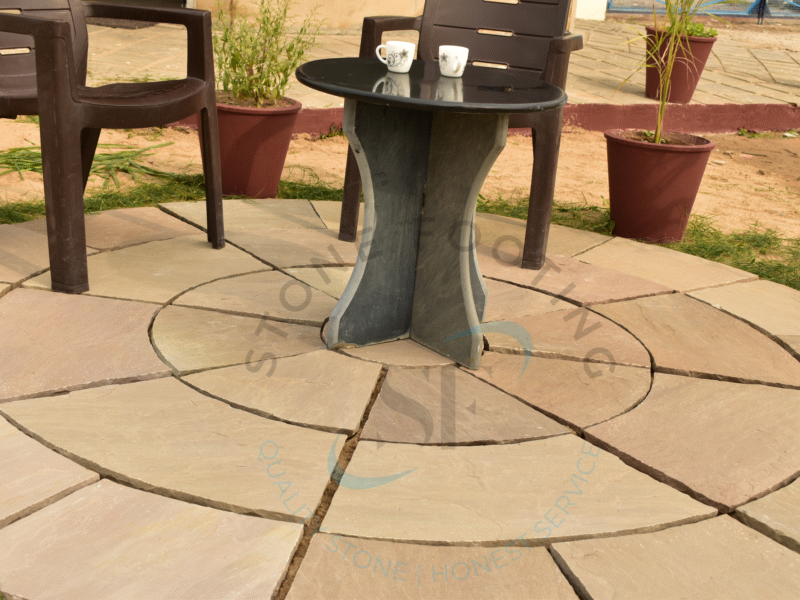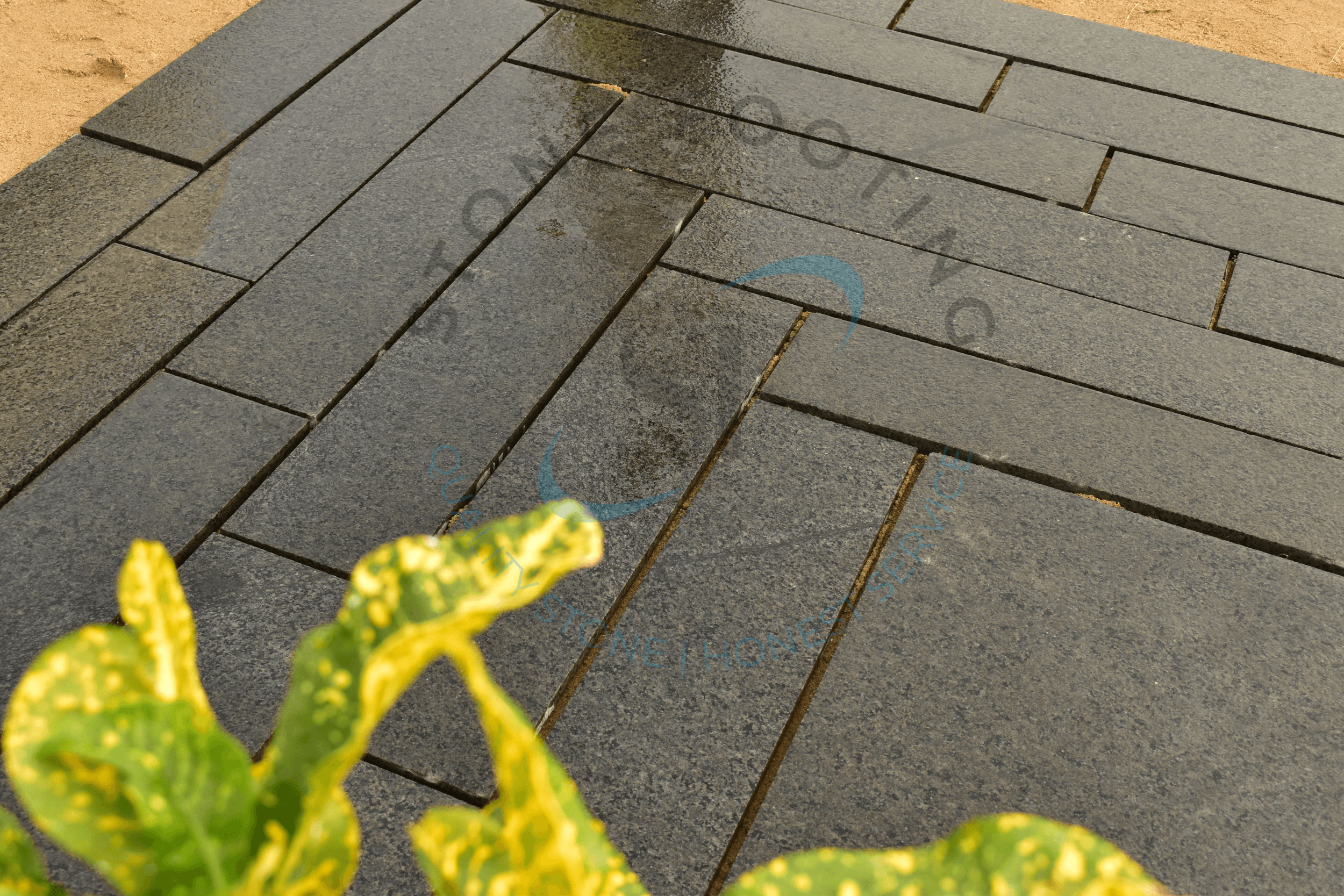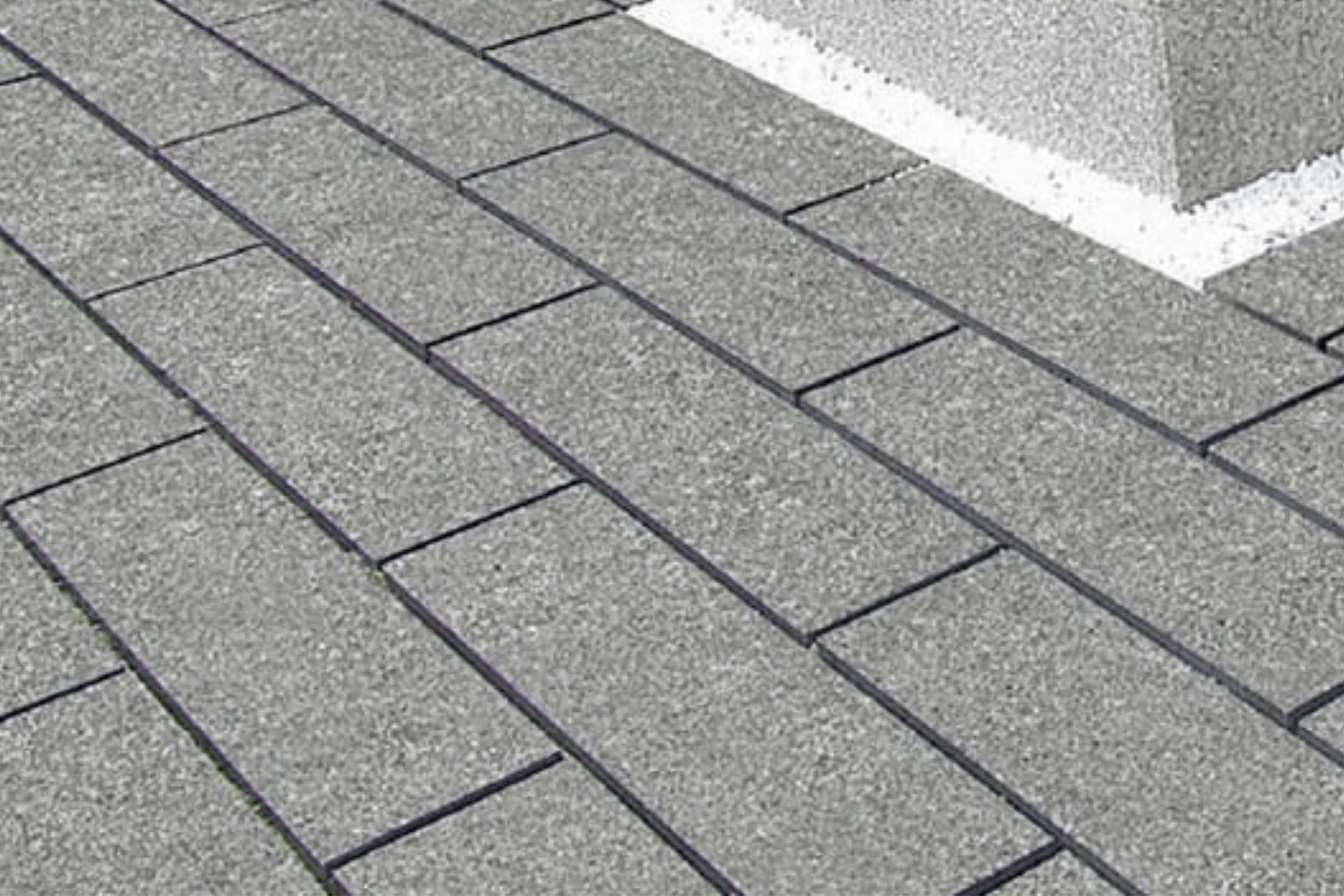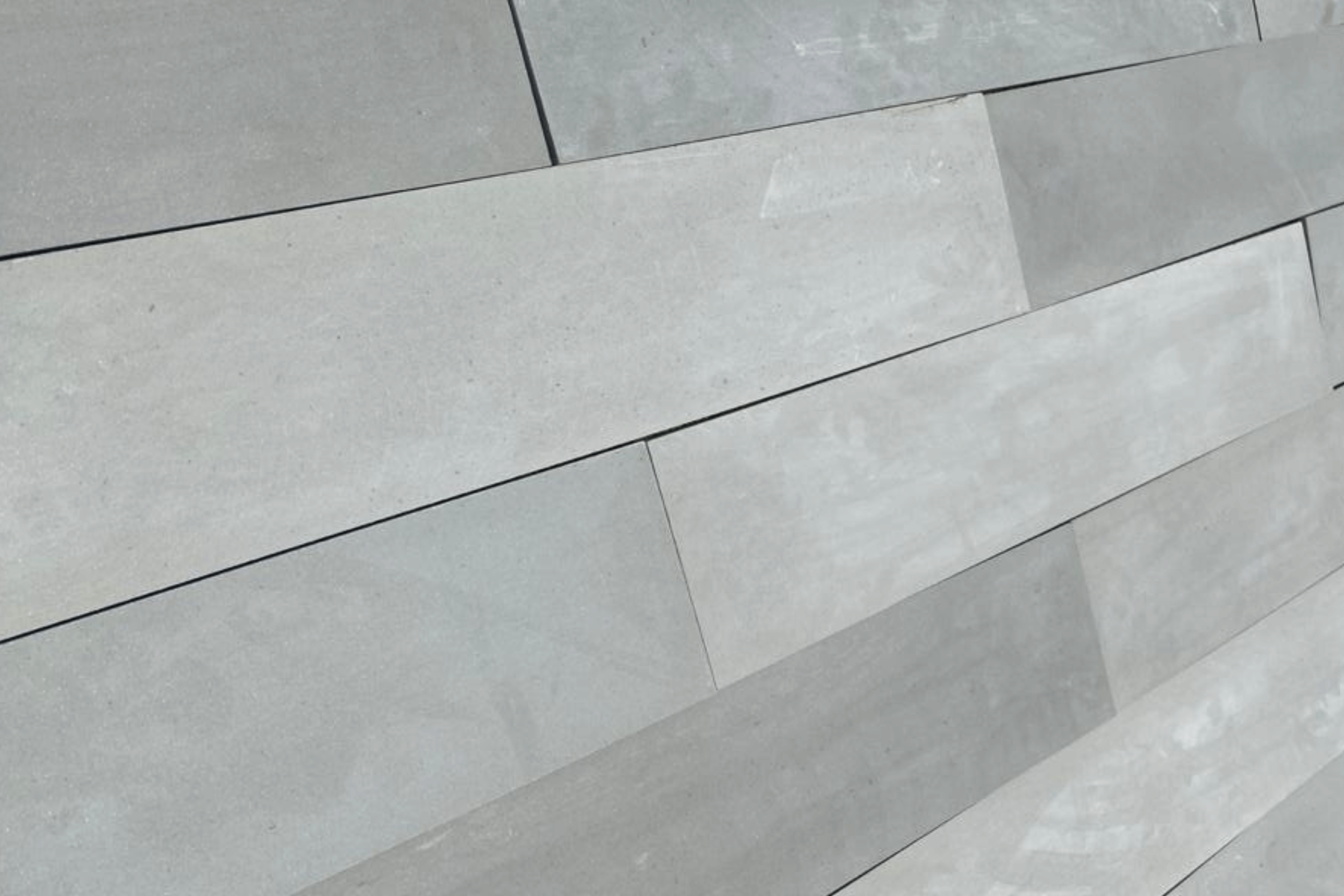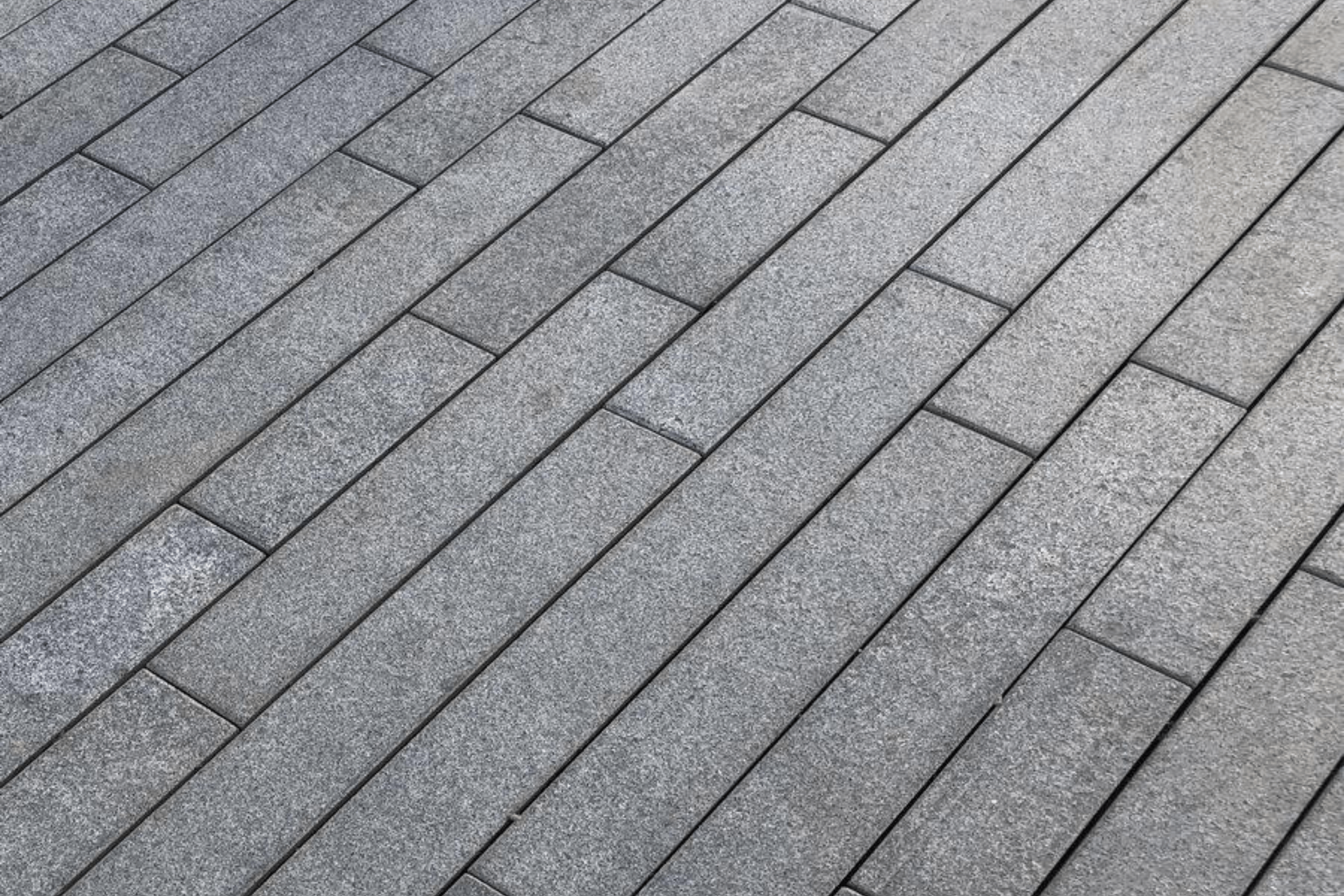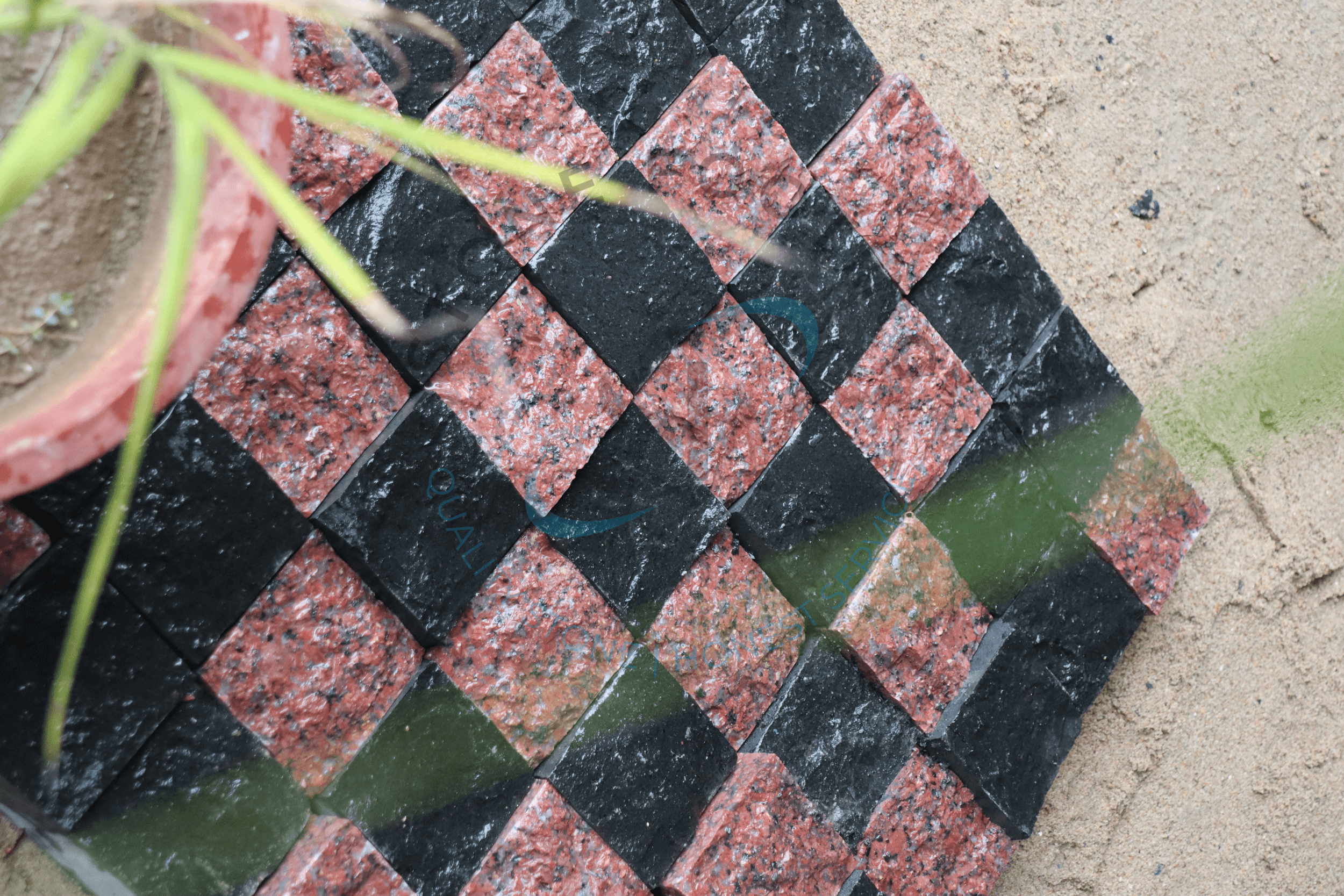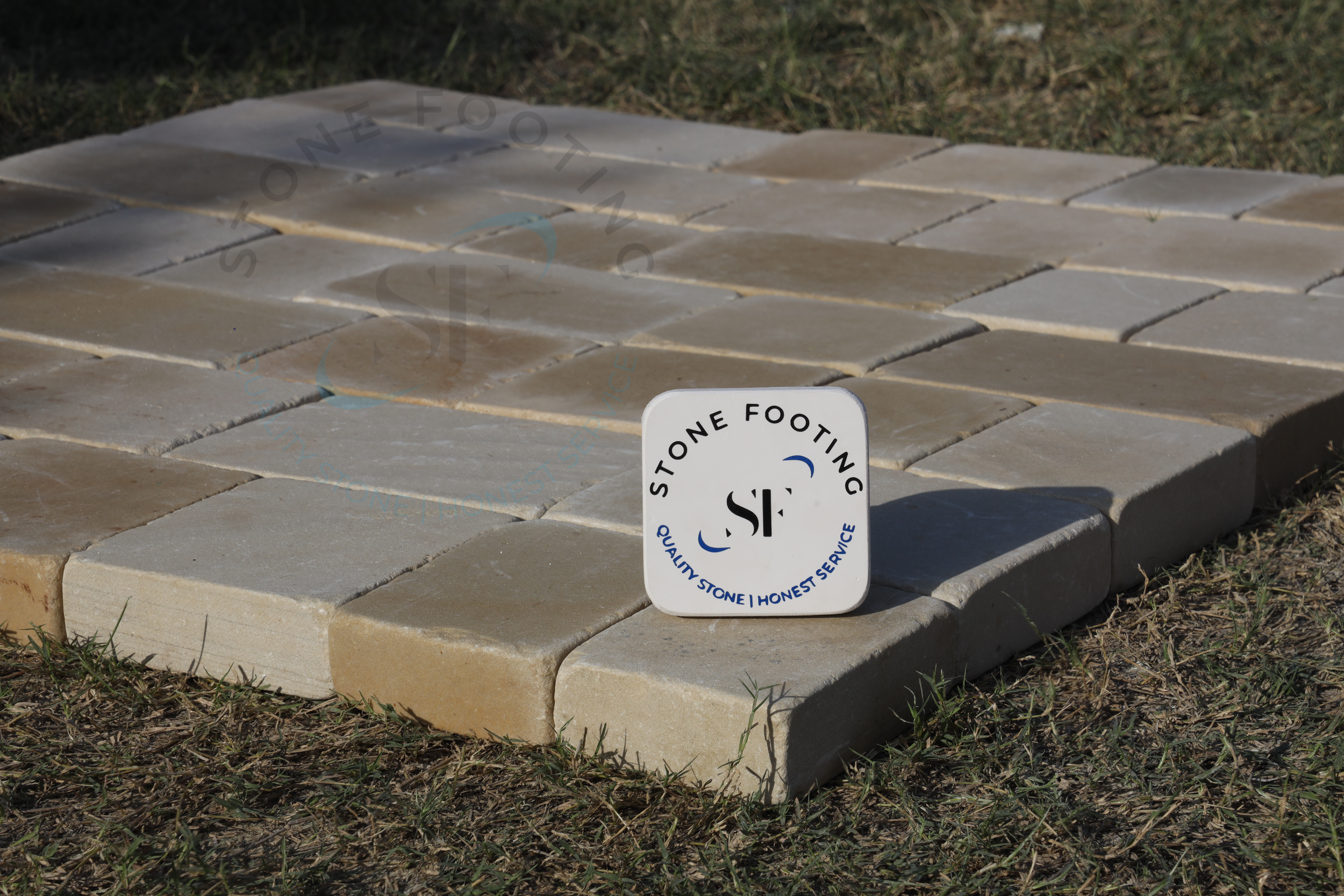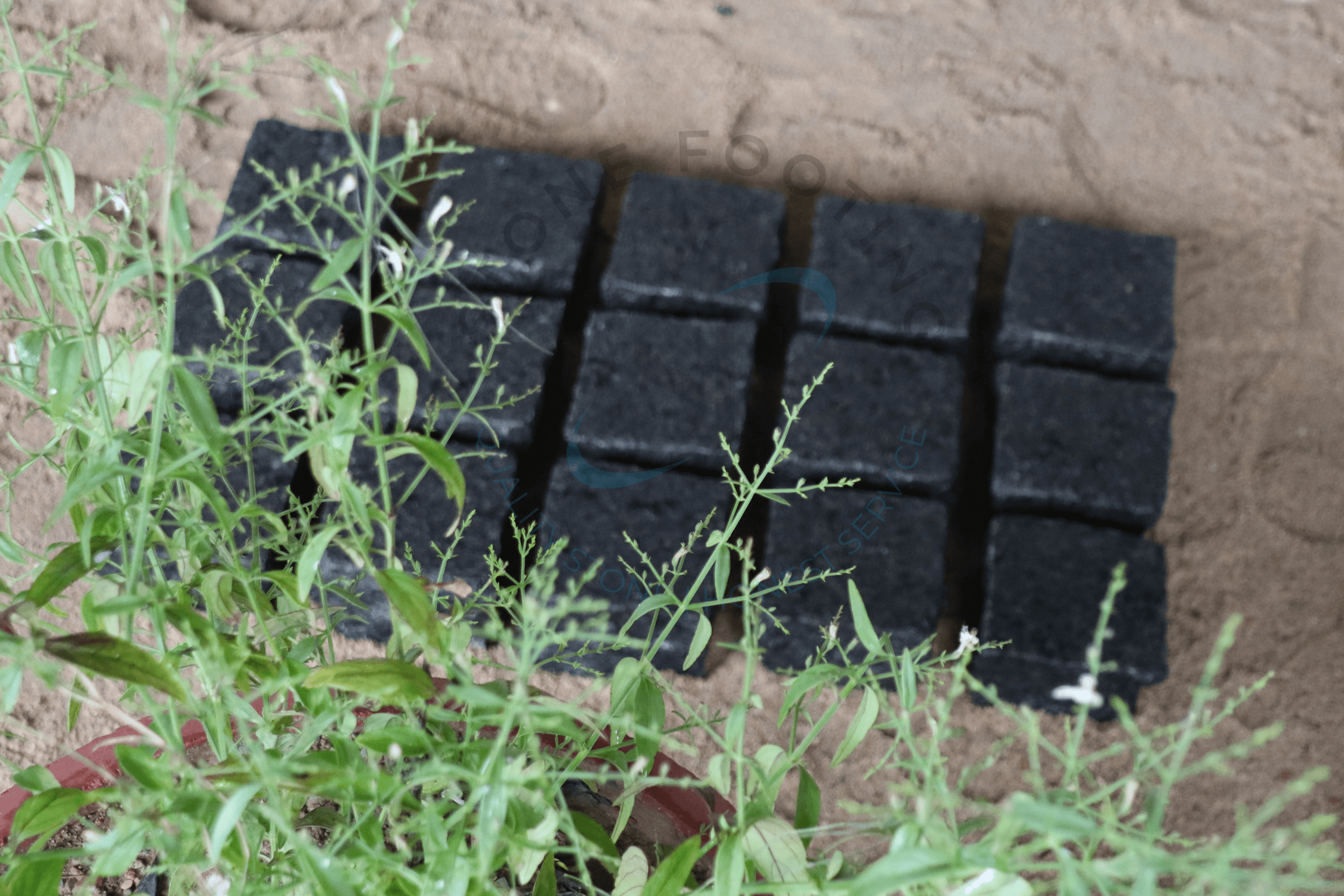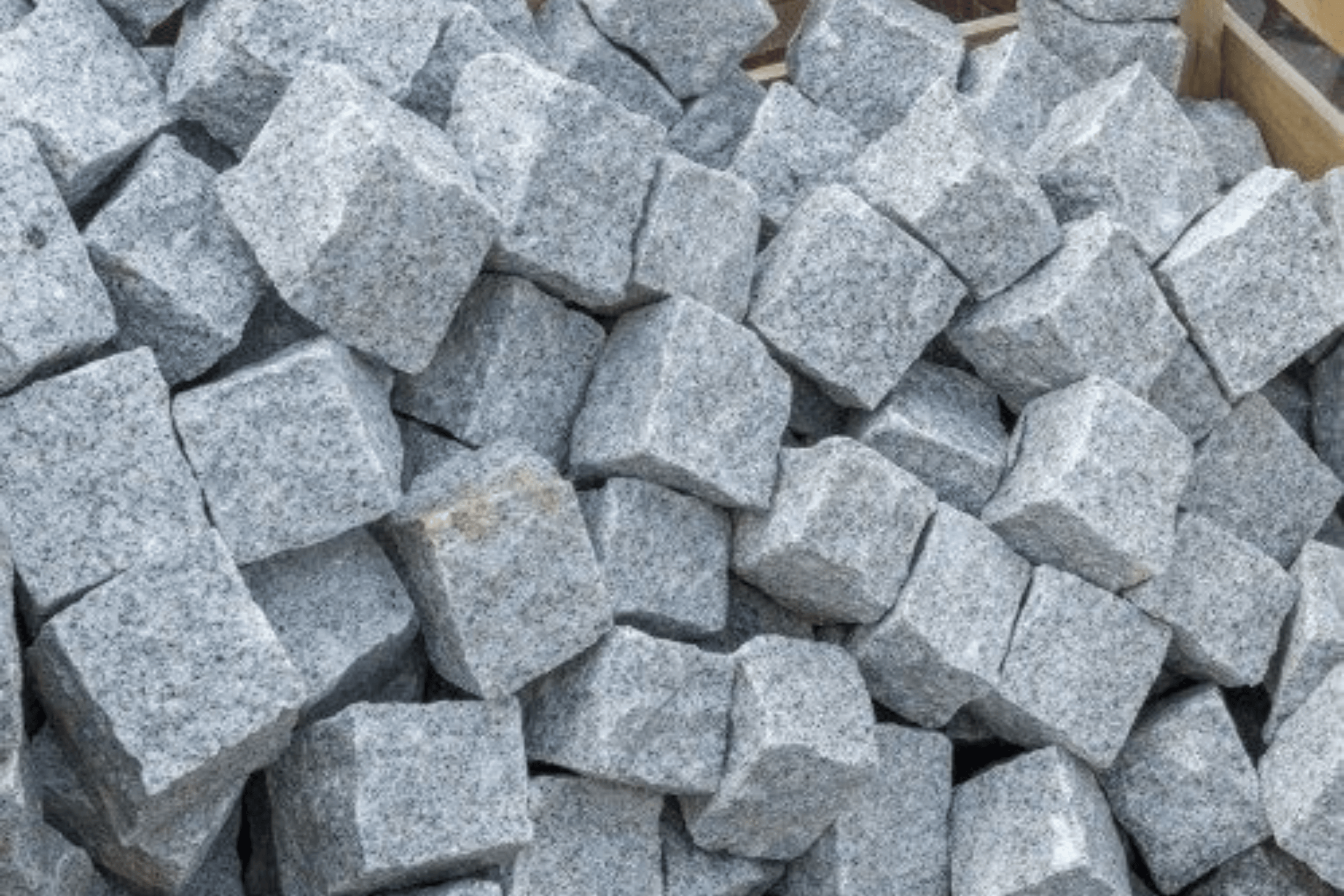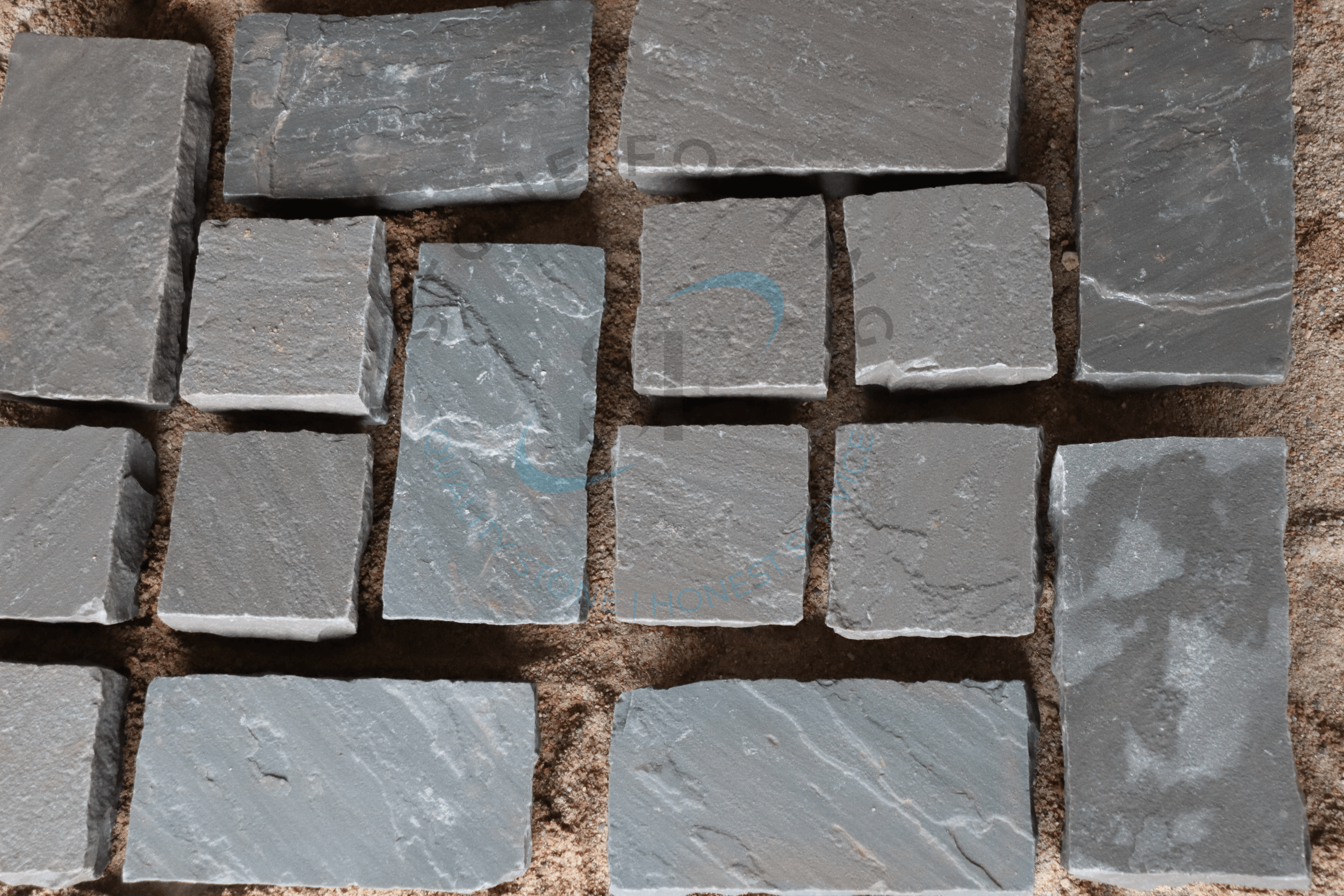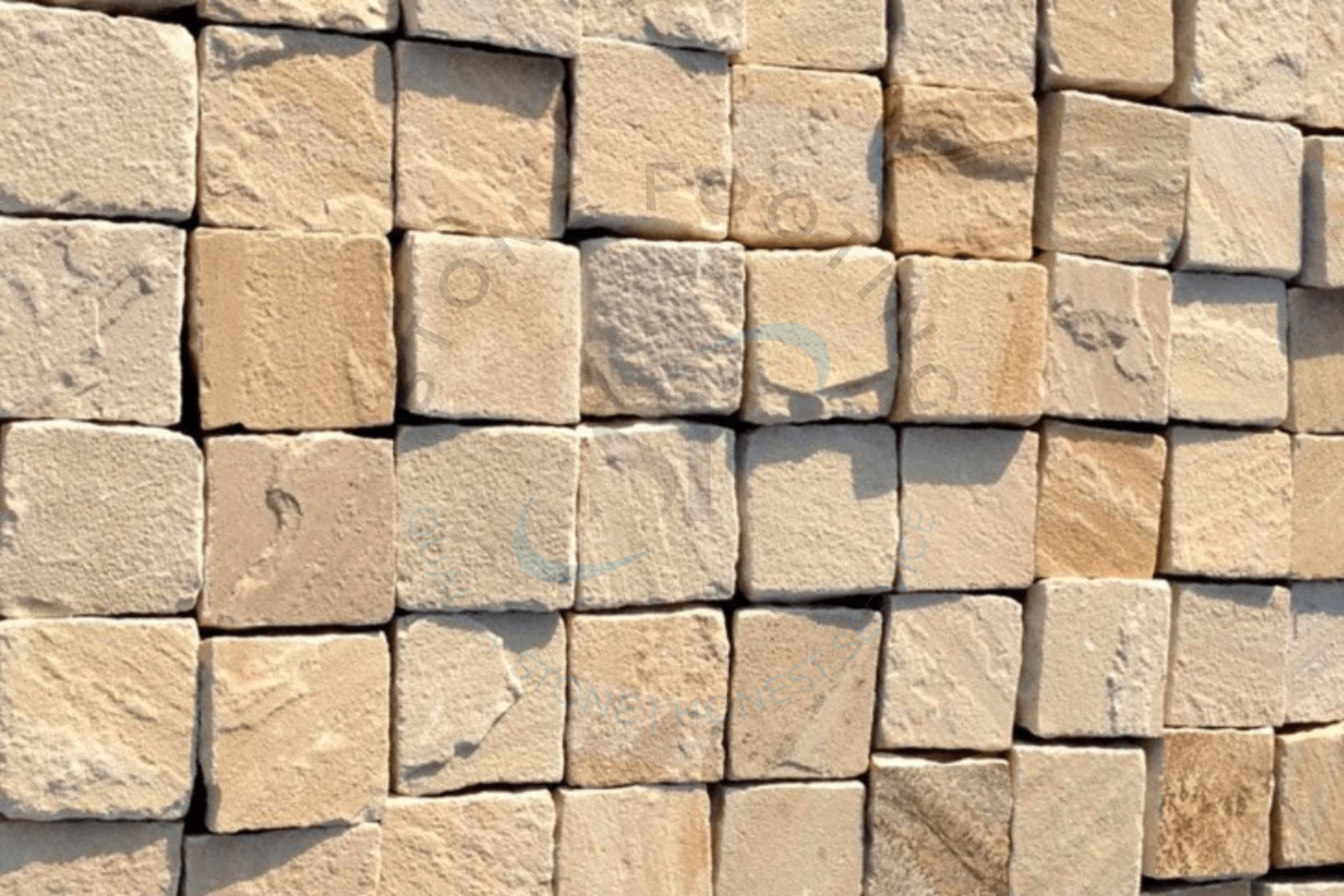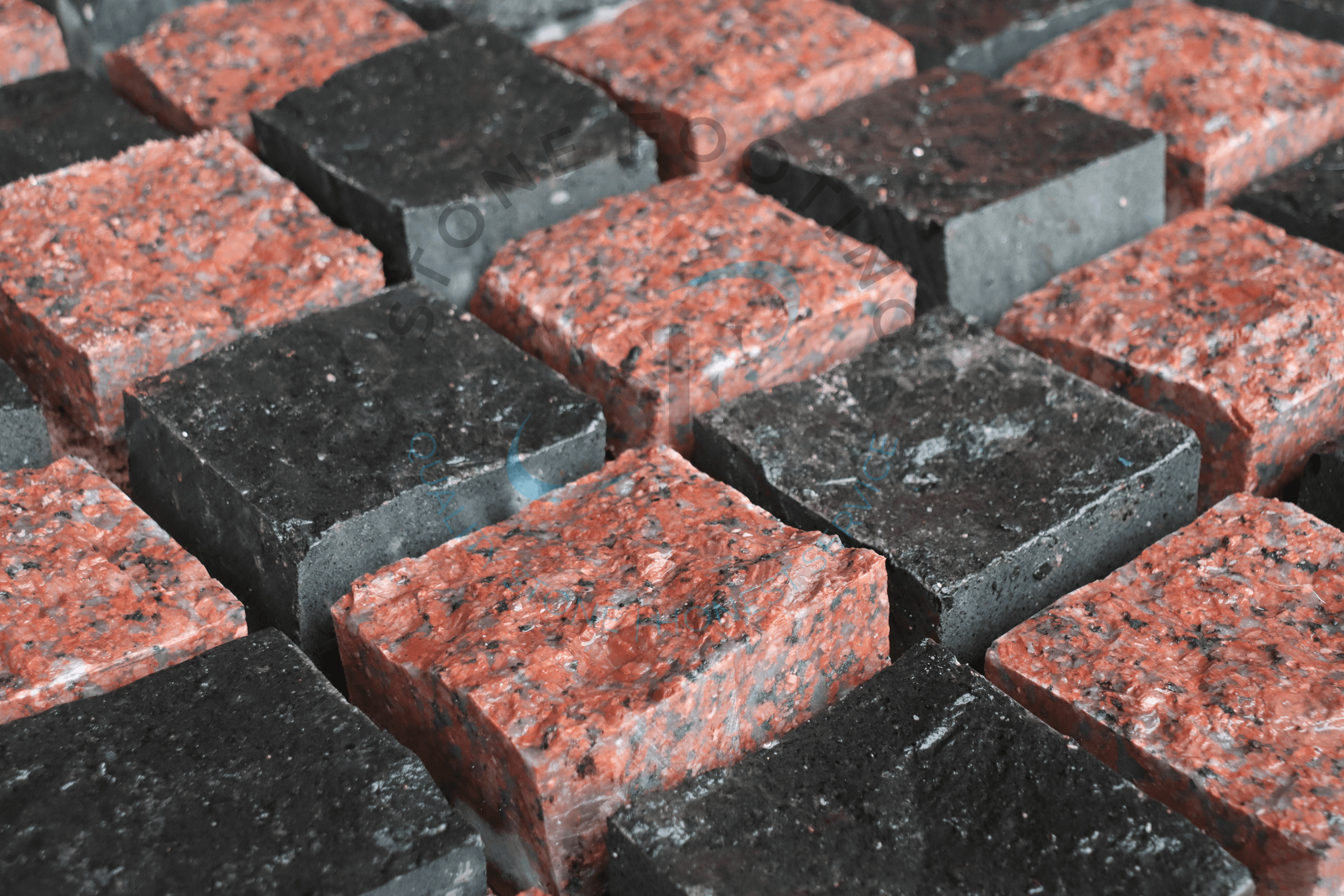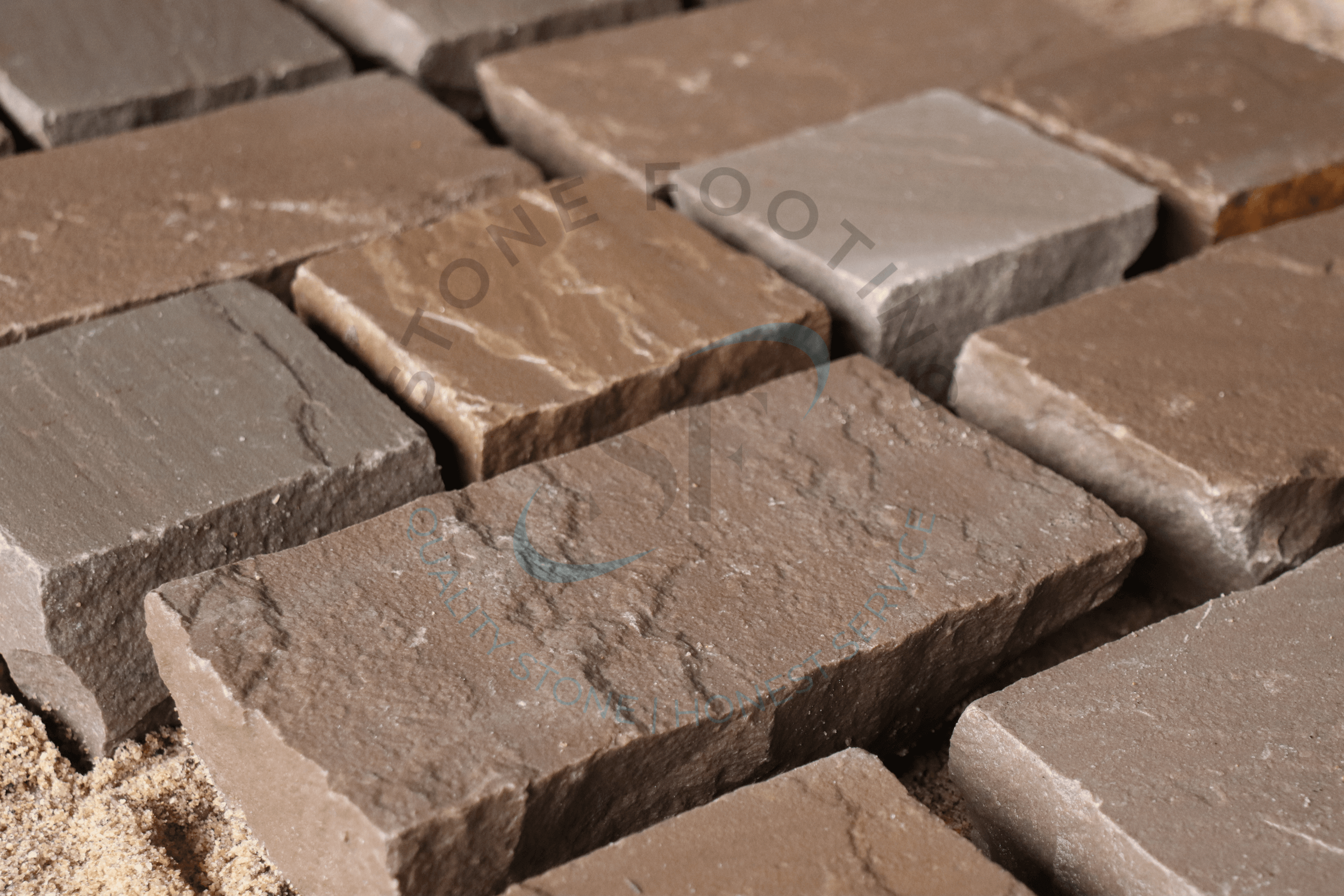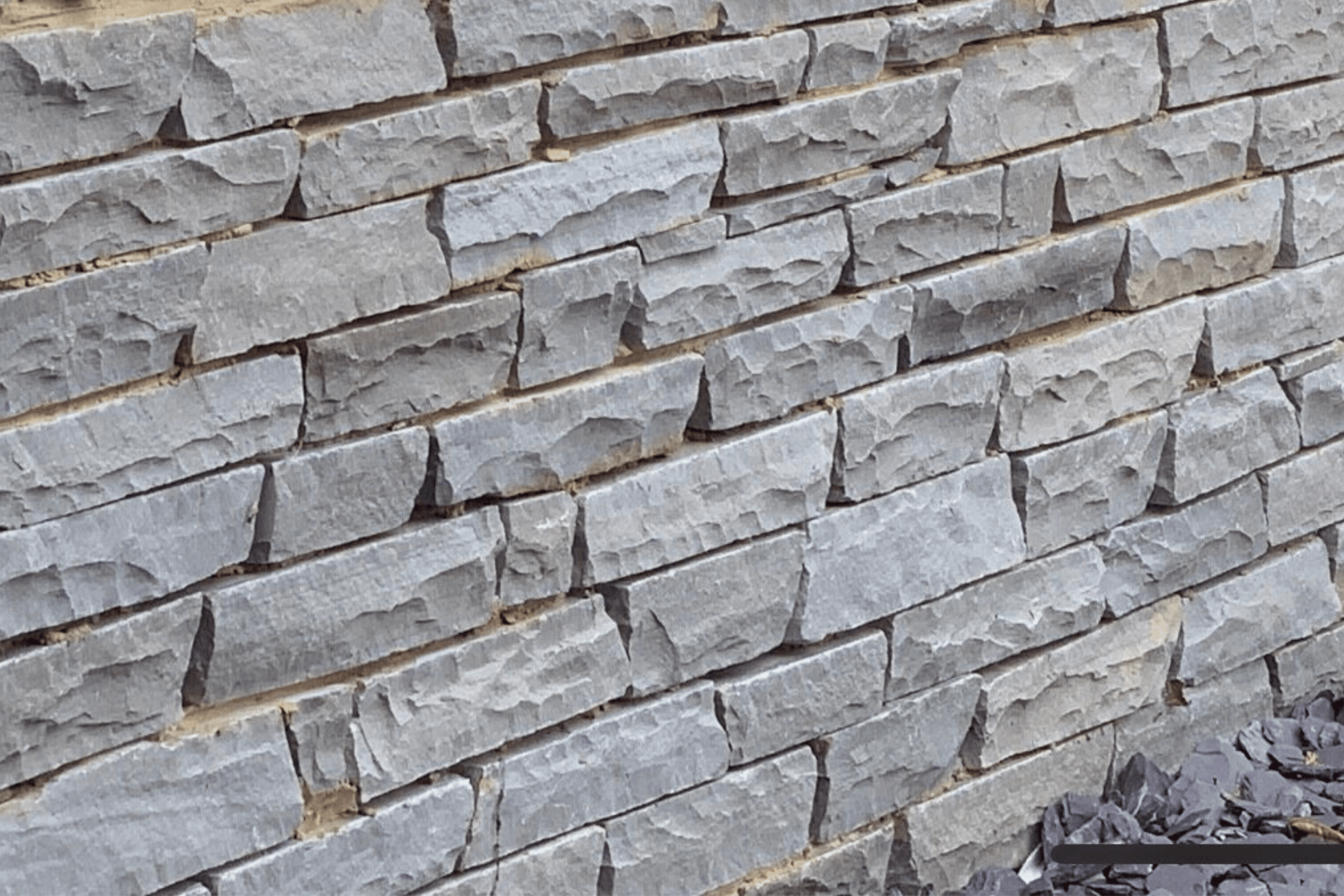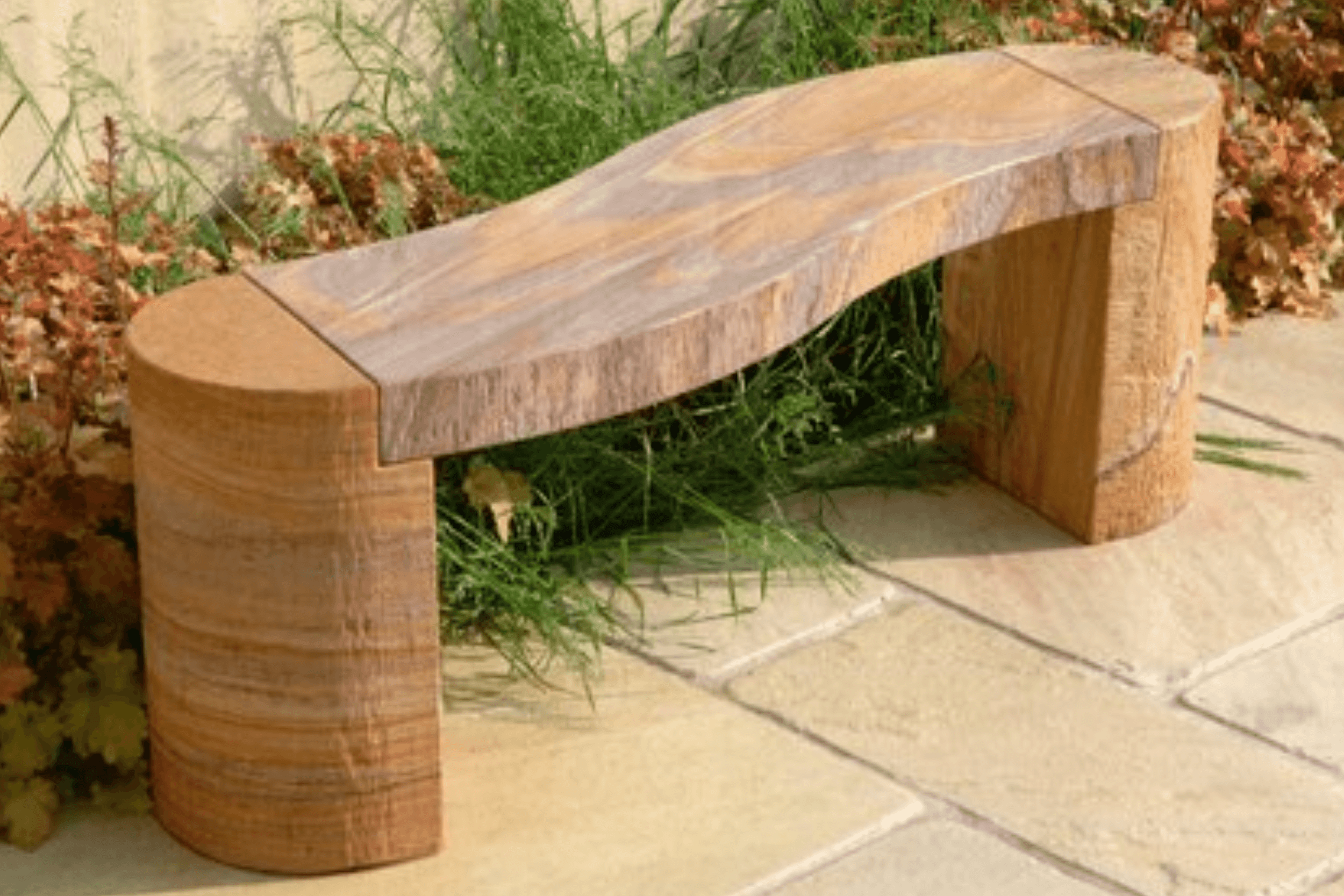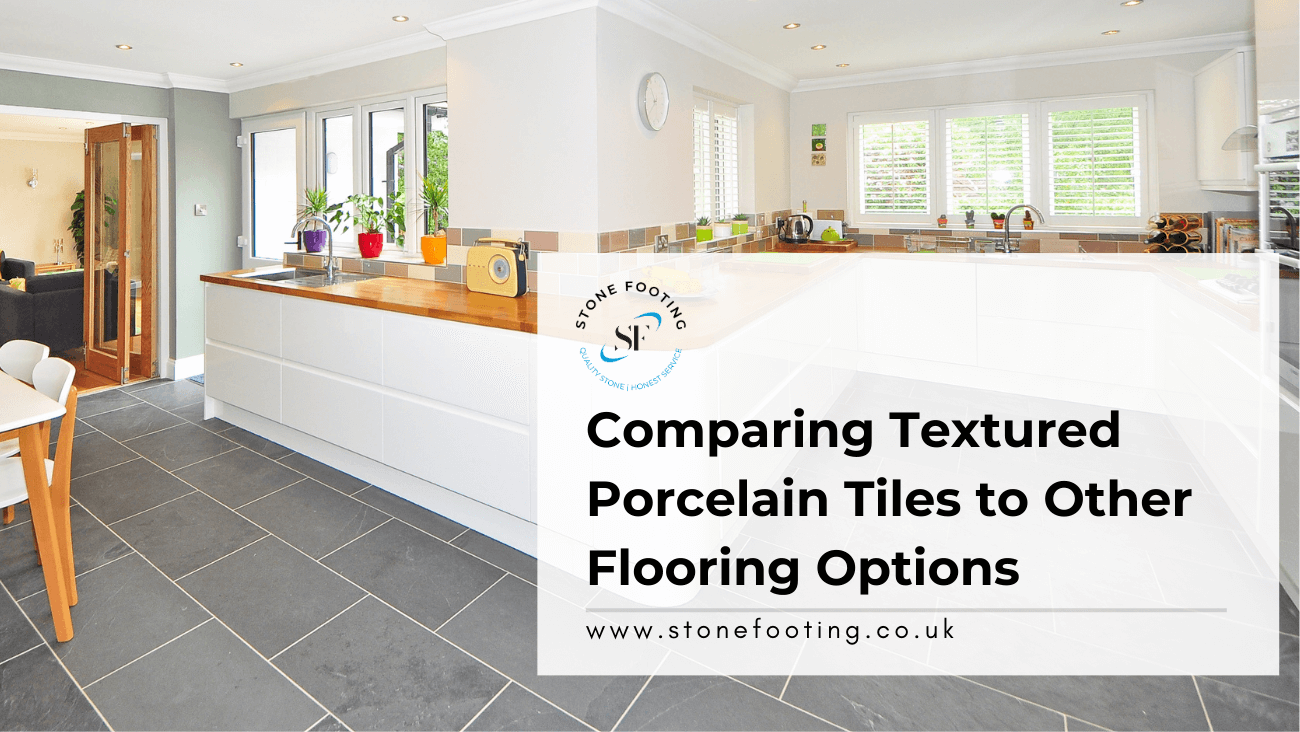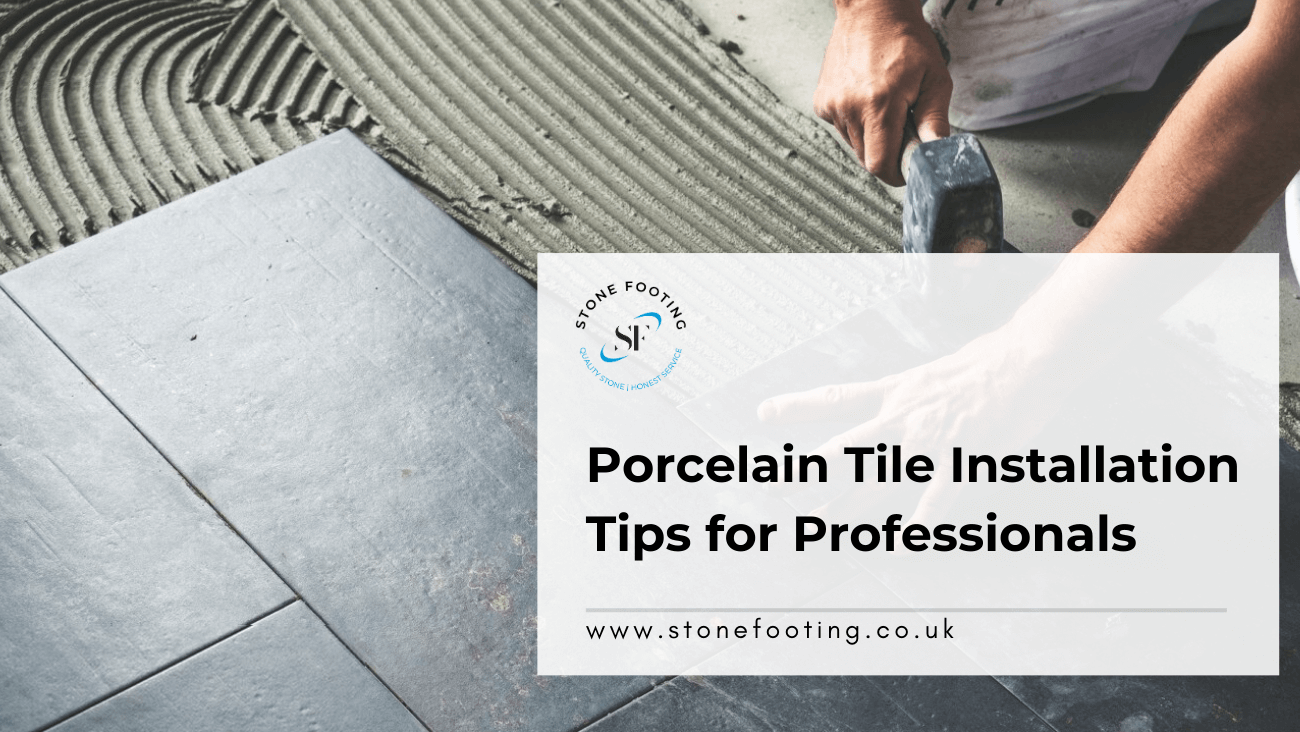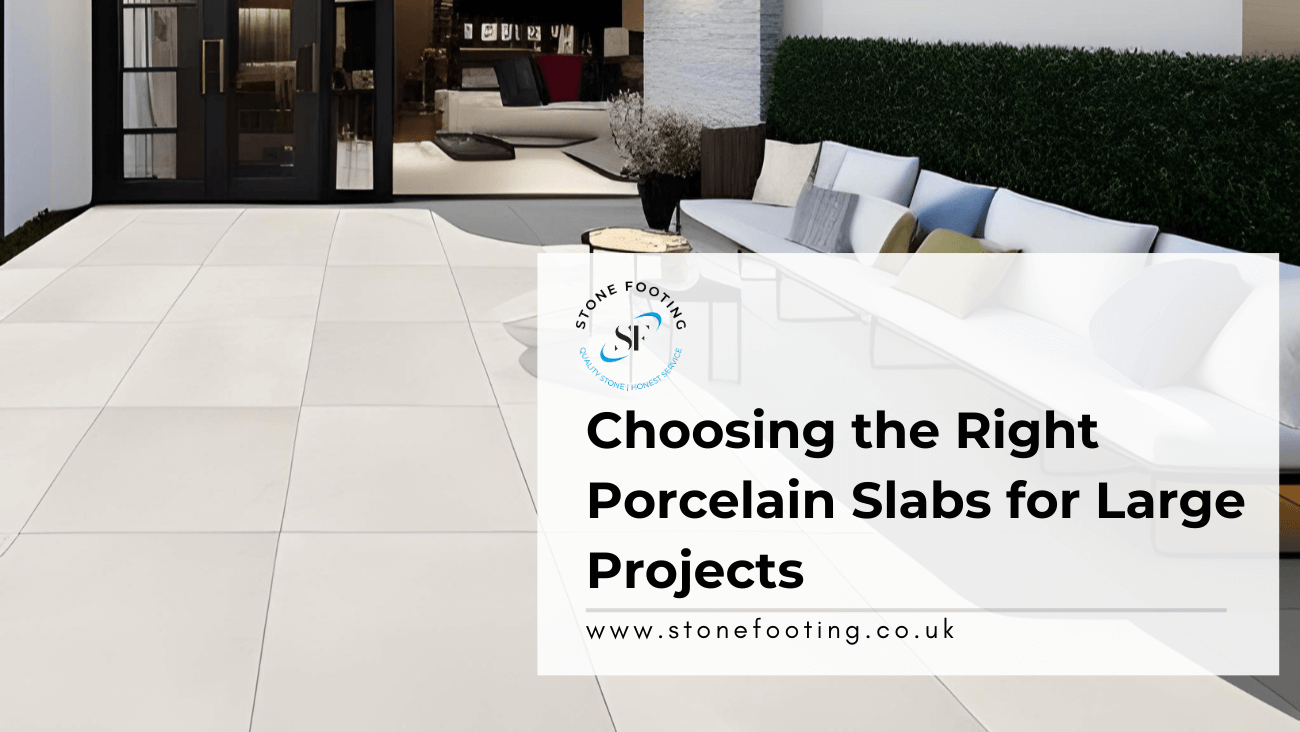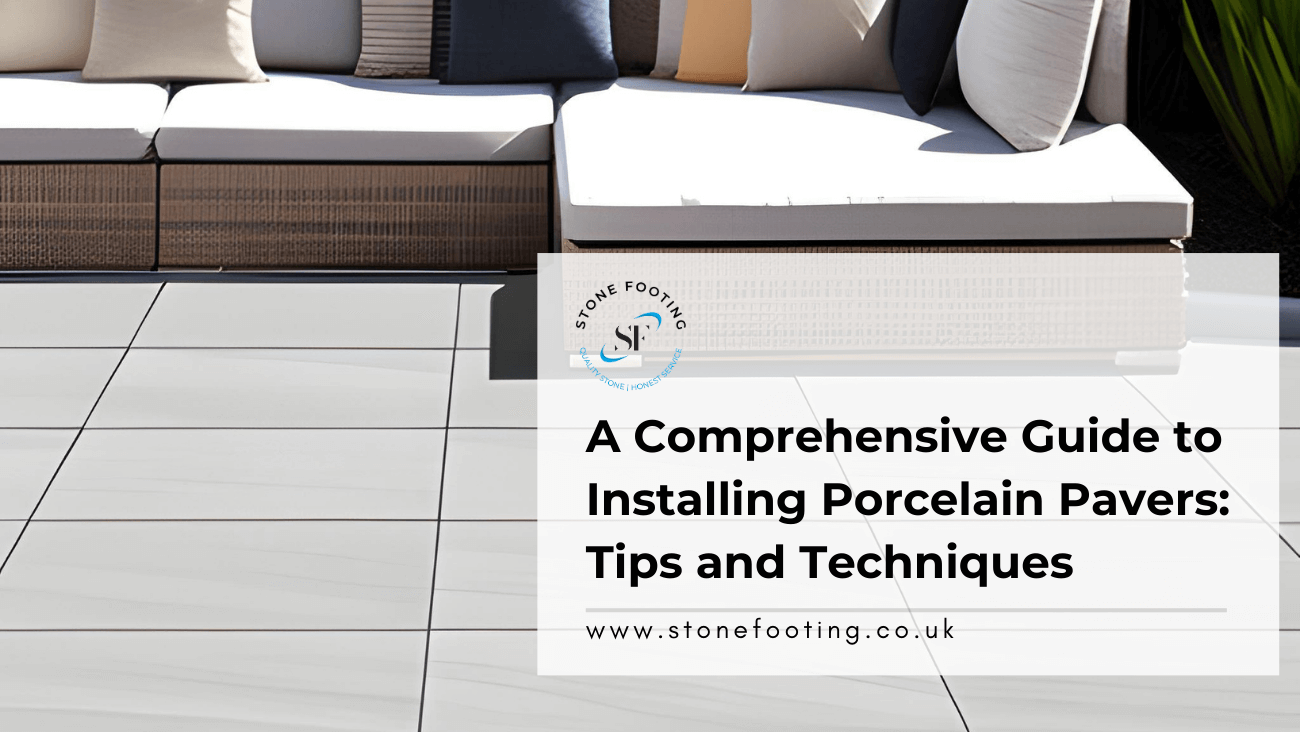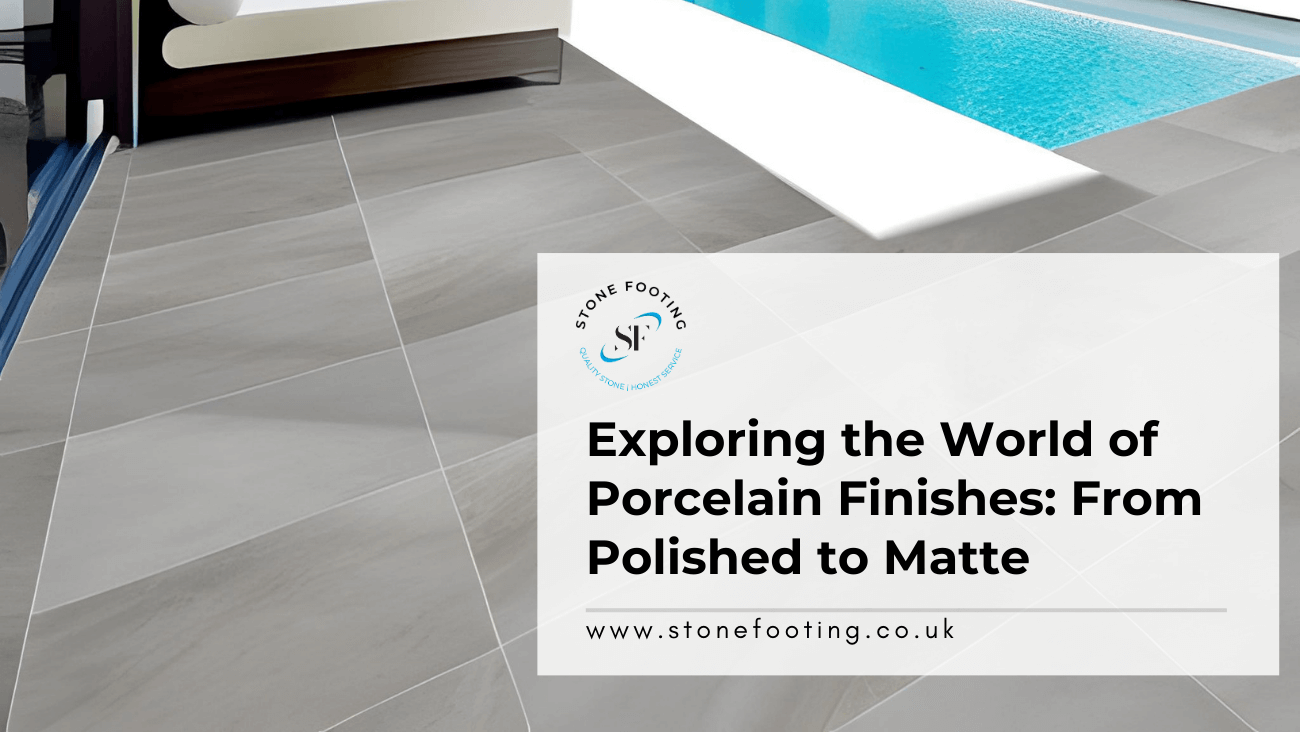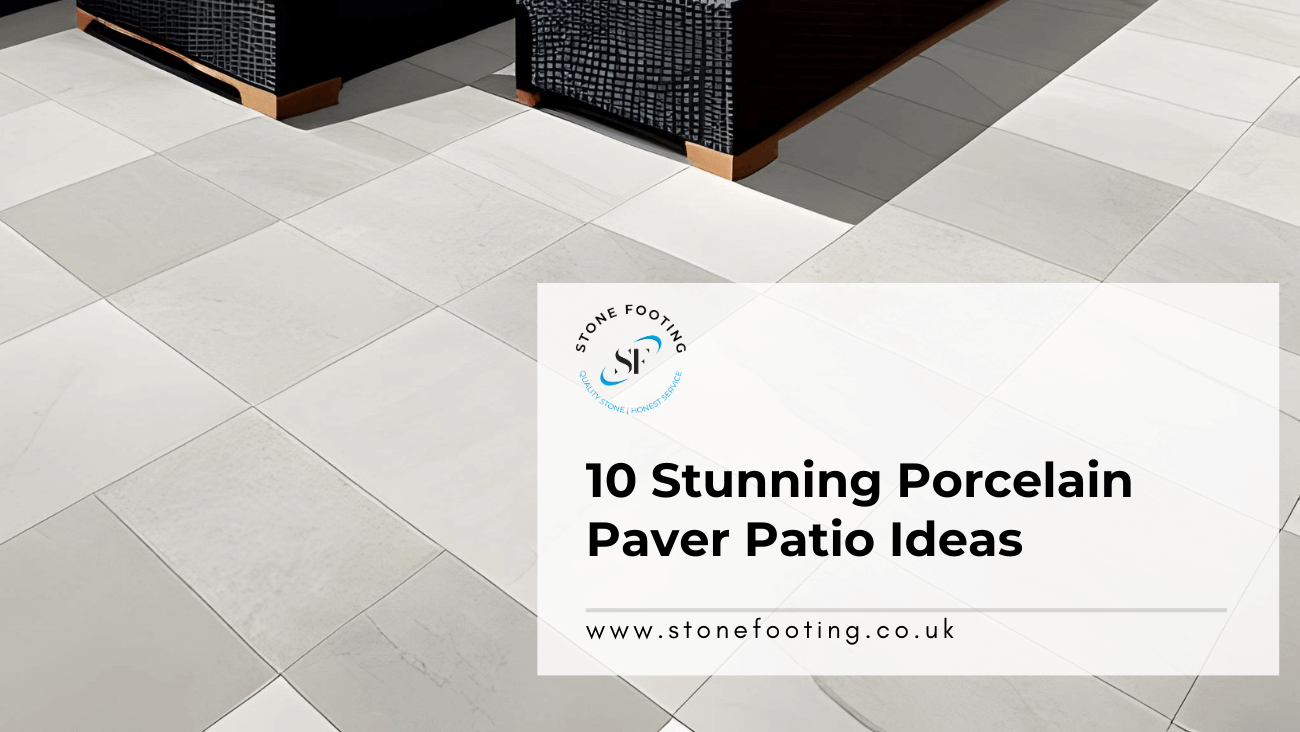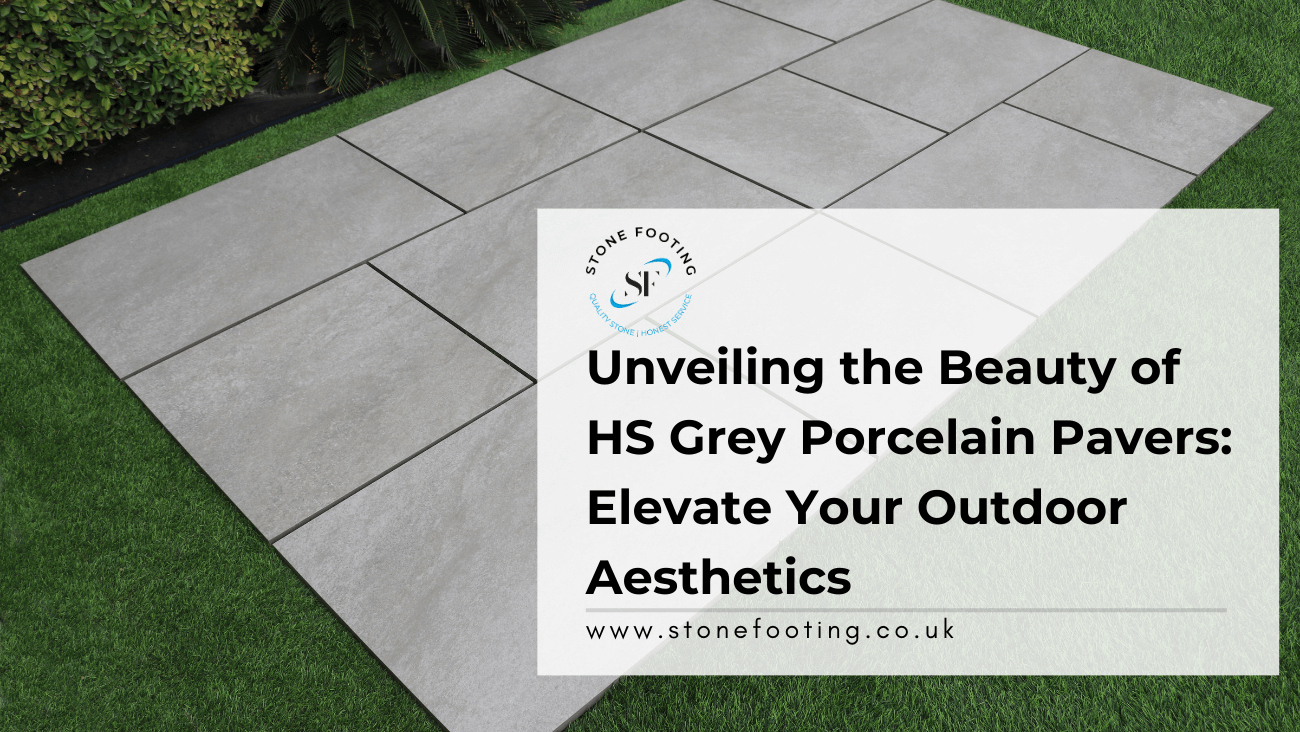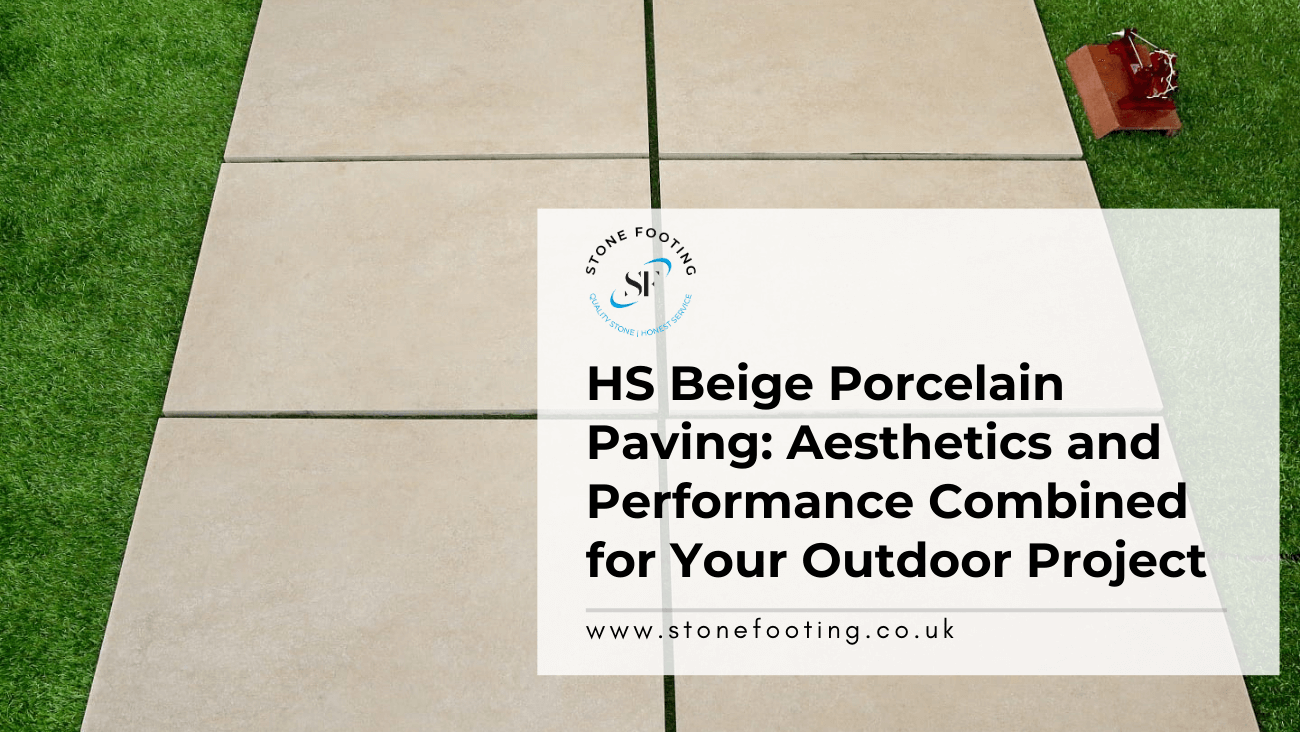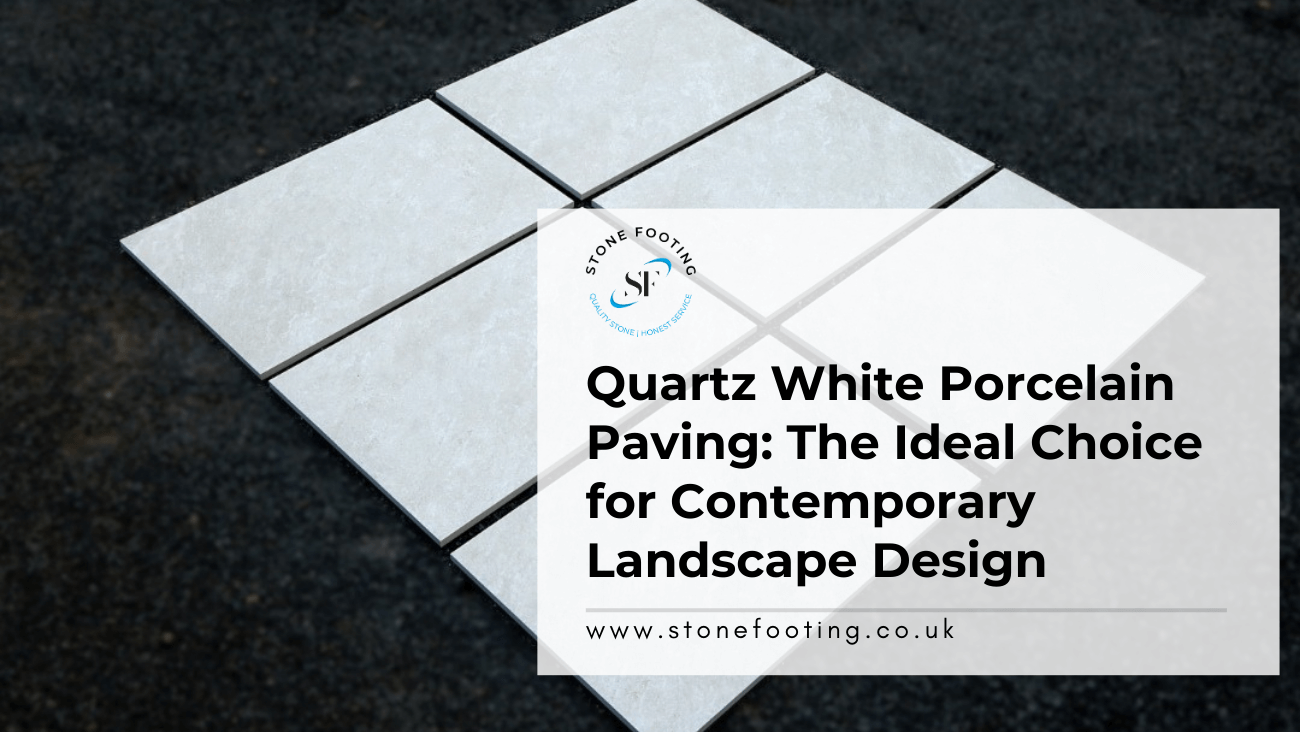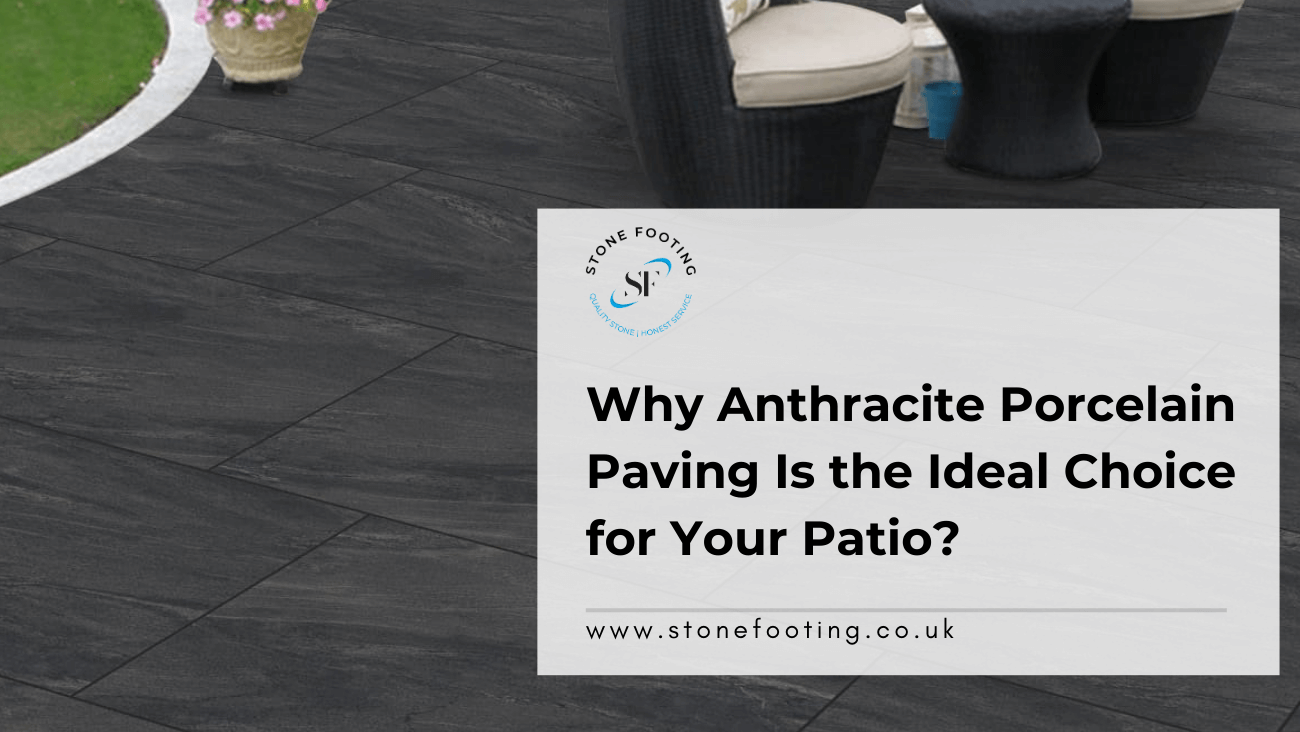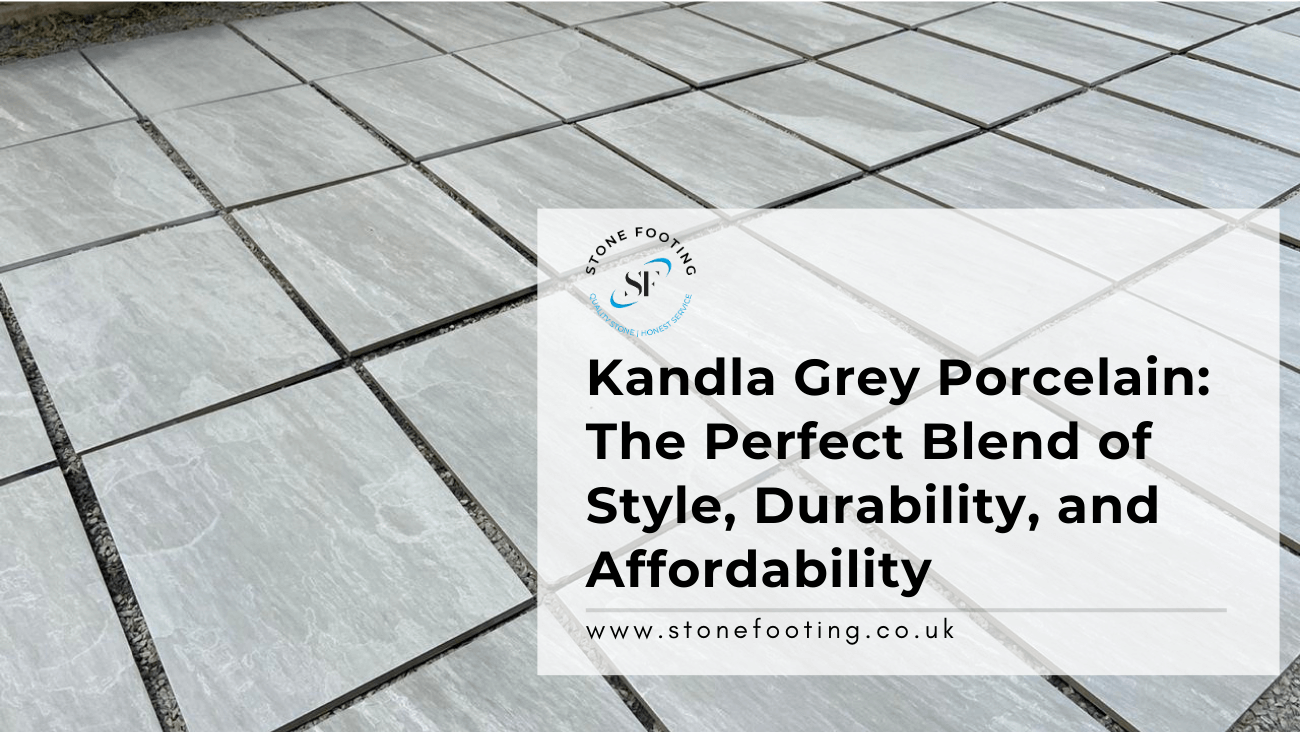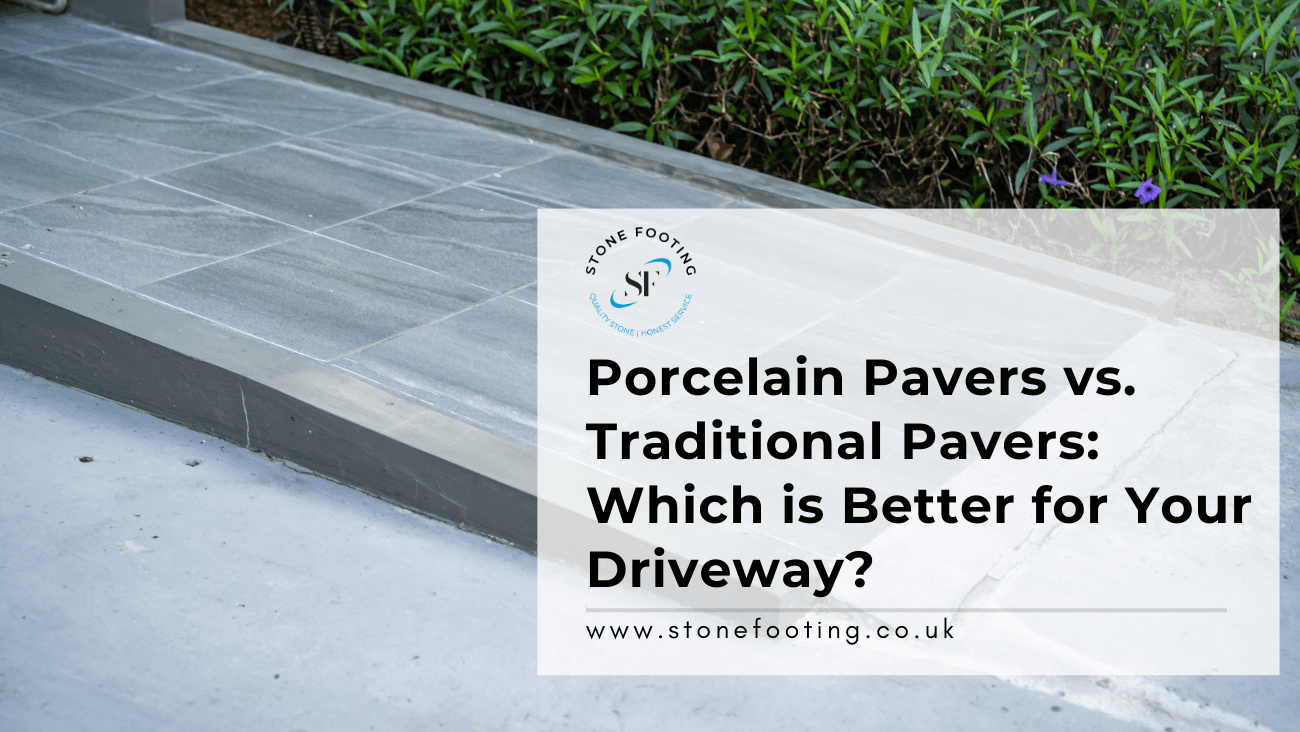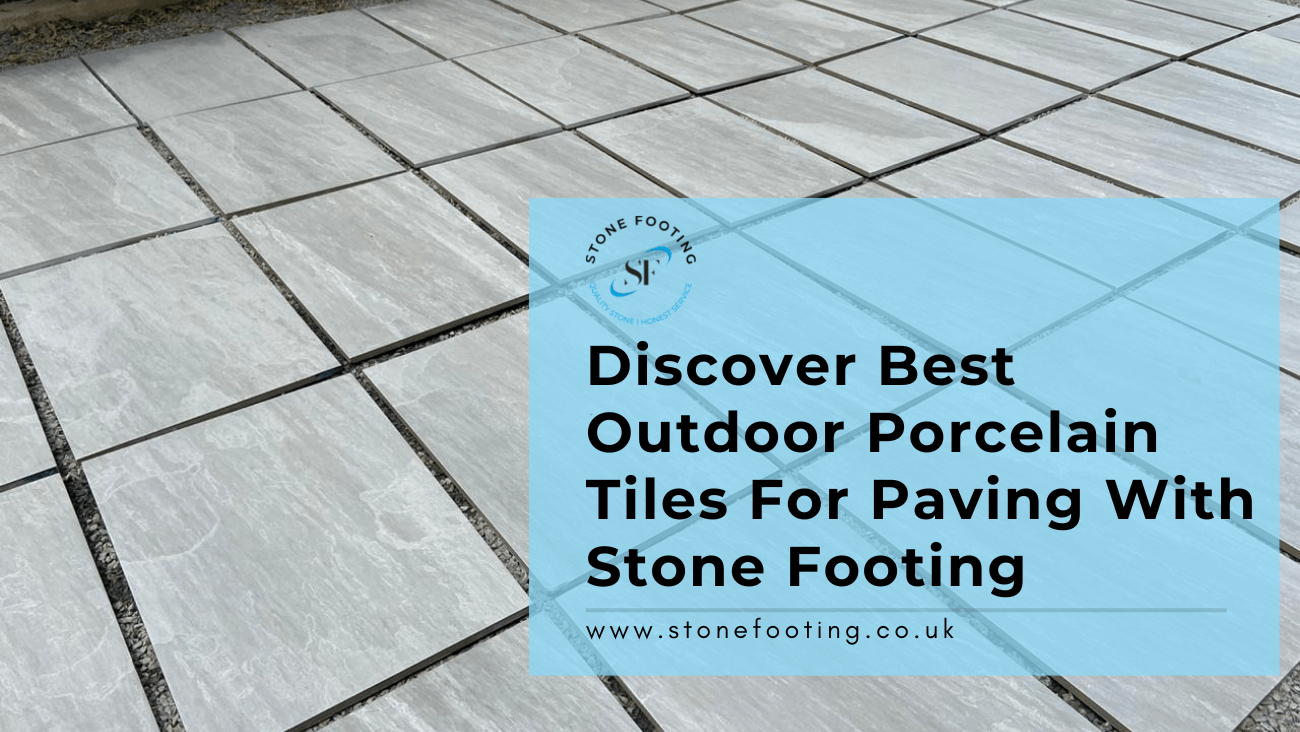Choosing the right flooring can be a pivotal decision when it comes to the aesthetics, durability, and functionality of your living or workspace. In the realm of flooring materials, Textured Porcelain Tiles emerge as a design powerhouse that commands attention. Their unique blend of style and practicality sets them apart as a top contender for both homeowners and businesses alike.
In this comprehensive exploration, we will delve into the captivating world of Textured Porcelain Tiles. We’ll not only dissect the advantages they offer but also measure them against formidable counterparts such as ceramic tiles, hardwood, and laminate. From cost considerations to durability and aesthetics, this comparison will equip you with the knowledge needed to make an informed flooring decision.
But before we embark on this journey of discovery, let’s first unveil the allure of Textured Porcelain Tiles, a flooring option that harmonizes beauty, resilience, and versatility like no other.
Textured Porcelain Tiles
Imagine a flooring material that transcends mere functionality, one that is synonymous with sophistication and endurance. Textured Porcelain Tiles are precisely that—a testament to craftsmanship and innovation. Forged from high-quality porcelain, they boast distinctive textures and patterns that breathe life into any space they grace.
What sets Textured Porcelain Tiles apart is their remarkable versatility. They seamlessly transition between indoor and outdoor environments, adapting effortlessly to diverse design preferences and practical needs. These tiles are more than just a flooring choice; they’re a canvas for your creativity and a testament to your commitment to quality.
Other Flooring Options
Now, let’s examine some of the prominent other flooring options and how they stack up against Textured Porcelain Tiles.
1. Ceramic Tiles
Ceramic tiles, like Textured Porcelain Tiles, are a popular choice for flooring due to their durability and versatility. They are typically made from clay and other natural materials, then fired at high temperatures. While ceramic tiles offer a wide range of design options and are relatively easy to clean, they may not match the depth of texture and aesthetic variety that Textured Porcelain Tiles can provide. Additionally, ceramic tiles may not be as resilient in high-traffic areas as Textured Porcelain Tiles.
2. Hardwood
Hardwood flooring is known for its timeless beauty and warmth. It adds a touch of elegance to any space and often increases the value of a home. However, it comes with a significant initial cost and requires regular maintenance, including refinishing and sealing. Unlike Textured Porcelain Tiles, hardwood is susceptible to scratches, moisture damage, and fading from sunlight. It is also primarily intended for indoor use, limiting its applications compared to Textured Porcelain Tiles.
3. Laminate
Laminate flooring is a cost-effective alternative that can mimic the appearance of wood or stone, including the texture. It’s relatively easy to install and maintain. However, laminate flooring may not match the long-term durability of Textured Porcelain Tiles, especially in areas prone to moisture, such as kitchens and bathrooms. Laminate can also be less resistant to wear and tear over time.
Unlocking Elegance: Textured Porcelain Tiles vs. Other Flooring Options
We will dive deep into the world of Textured Porcelain Tiles, comparing them to other flooring materials like ceramic tiles, hardwood, and laminate in terms of cost, durability, and aesthetics.
1. Cost Comparison
One of the primary factors that influence flooring choices is cost. Textured Porcelain Tiles, often made from high-quality materials, may initially seem more expensive than some alternatives. However, their longevity and low maintenance requirements make them a cost-effective choice in the long run. When compared to hardwood flooring, which can be quite expensive upfront, Textured Porcelain Tiles offer a more budget-friendly option without compromising on aesthetics.
2. Durability
Textured Porcelain Tiles are renowned for their durability. They are incredibly resistant to wear and tear, making them ideal for high-traffic areas in homes and commercial spaces. Unlike hardwood, which is susceptible to scratches and water damage, Textured Porcelain Tiles are highly resistant to both. Laminate flooring, while durable, can suffer from damage if exposed to excessive moisture, making Textured Porcelain Tiles a better choice for bathrooms and kitchens.
3. Aesthetics
Aesthetics play a crucial role in flooring decisions. Textured Porcelain Tiles excel in this department, offering a wide range of design options to suit various tastes and preferences. Whether you prefer a rustic wood look, a modern concrete finish, or a natural stone appearance, Textured Porcelain Tiles can mimic these materials convincingly. Ceramic tiles, while similar, may not offer the same level of texture and depth as Textured Porcelain Tiles.
4. Maintenance
Maintaining your flooring is essential to its longevity and appearance. Textured Porcelain Tiles are relatively low-maintenance. They are easy to clean and do not require regular refinishing like hardwood. In contrast, hardwood requires regular sanding and refinishing to maintain its appearance, which can be costly and time-consuming.
5. Environmental Impact
For those concerned about the environment, Textured Porcelain Tiles are an eco-friendly choice. They are often made using sustainable manufacturing processes and can be recycled. In comparison, hardwood flooring may involve cutting down trees, making it less environmentally friendly.
6. Versatility
Textured Porcelain Tiles are versatile and can be used both indoors and outdoors, making them a suitable choice for various applications. Hardwood and laminate, on the other hand, are primarily indoor flooring materials.
7. Allergies and Health Considerations
For individuals with allergies or respiratory issues, Textured Porcelain Tiles are a hypoallergenic option as they do not trap allergens. This can be a significant advantage over carpet and even hardwood, which can harbor allergens.
8. Installation
Installation of Textured Porcelain Tiles can be more straightforward than some alternatives, particularly hardwood, which often requires professional installation. Laminate flooring, while DIY-friendly, may not provide the same level of durability and longevity as Textured Porcelain Tiles.
In conclusion, Textured Porcelain Tiles offer a compelling combination of cost-effectiveness, durability, aesthetics, and sustainability. When compared to other flooring options like ceramic tiles, hardwood, and laminate, Textured Porcelain Tiles emerge as a versatile and stylish choice that can elevate the look and functionality of any space. Whether you’re renovating your home or designing a new commercial space, consider Textured Porcelain Tiles for a flooring solution that combines beauty and practicality seamlessly. With their numerous advantages, Textured Porcelain Tiles are a flooring option worth exploring.
So, if you’re in the market for new flooring, remember to give Textured Porcelain Tiles the attention they deserve. Their unique blend of qualities makes them a standout choice in the world of flooring materials.
As you embark on your flooring journey, Stone Footing, a leading natural stone wholesaler in the UK, stands ready to be your trusted partner. Our extensive range of high-quality natural stone pavers and porcelain pavers, is designed to meet a wide spectrum of needs and preferences. Reach out to us today to explore the world of natural stone and discover the ideal solution for your project.
Frequently Asked Questions
Q. Are Textured Porcelain Tiles suitable for outdoor use?
Yes, Textured Porcelain Tiles are a versatile flooring option that can be used both indoors and outdoors. They are highly durable and resistant to weather conditions, making them ideal for patios, decks, walkways, and other outdoor spaces. Their textured surface also provides slip resistance, enhancing safety in outdoor areas.
Q. How do I clean and maintain Textured Porcelain Tiles?
Cleaning Textured Porcelain Tiles is relatively easy. Regular sweeping or vacuuming to remove dirt and debris is essential. For general cleaning, you can use a mixture of warm water and a mild detergent. Avoid using abrasive cleaners, as they can damage the tile’s surface. If your tiles have grout lines, periodic sealing of the grout is recommended to prevent staining. Textured Porcelain Tiles are known for their low maintenance, which is one of their appealing features.
Q. Can Textured Porcelain Tiles mimic the look of natural materials like wood or stone effectively?
Yes, Textured Porcelain Tiles are renowned for their ability to convincingly mimic the appearance of natural materials such as wood, stone, concrete, and even fabric. Advances in tile manufacturing technology have enabled highly detailed textures and patterns that closely resemble the real thing. This makes Textured Porcelain Tiles a versatile choice for those who desire the aesthetics of natural materials without the associated maintenance and durability challenges.

